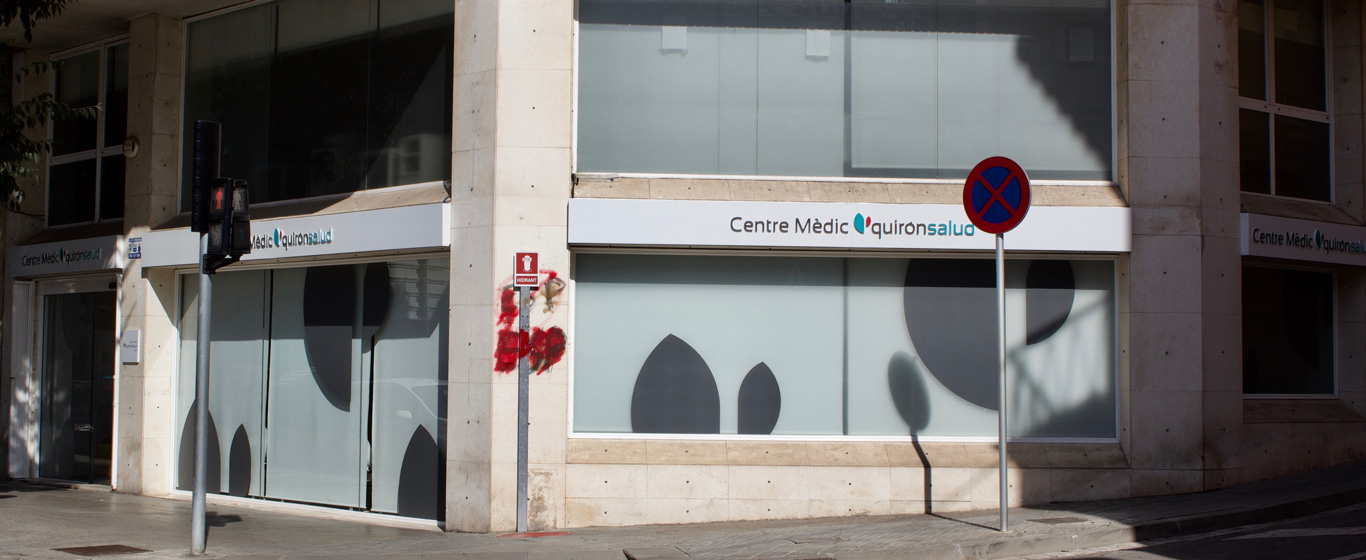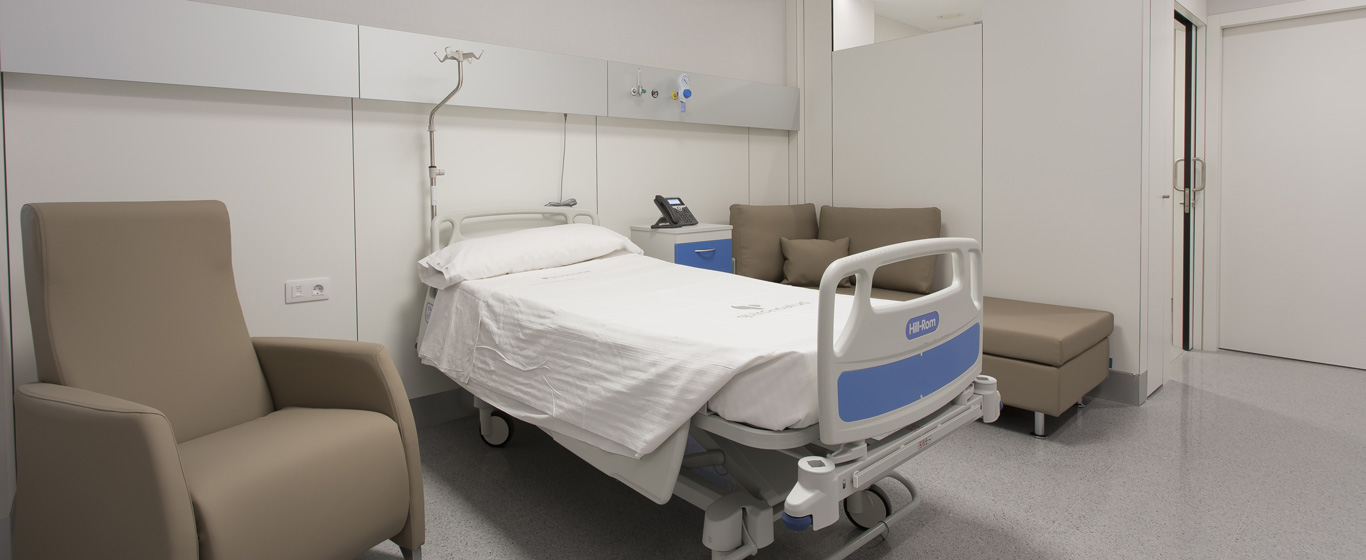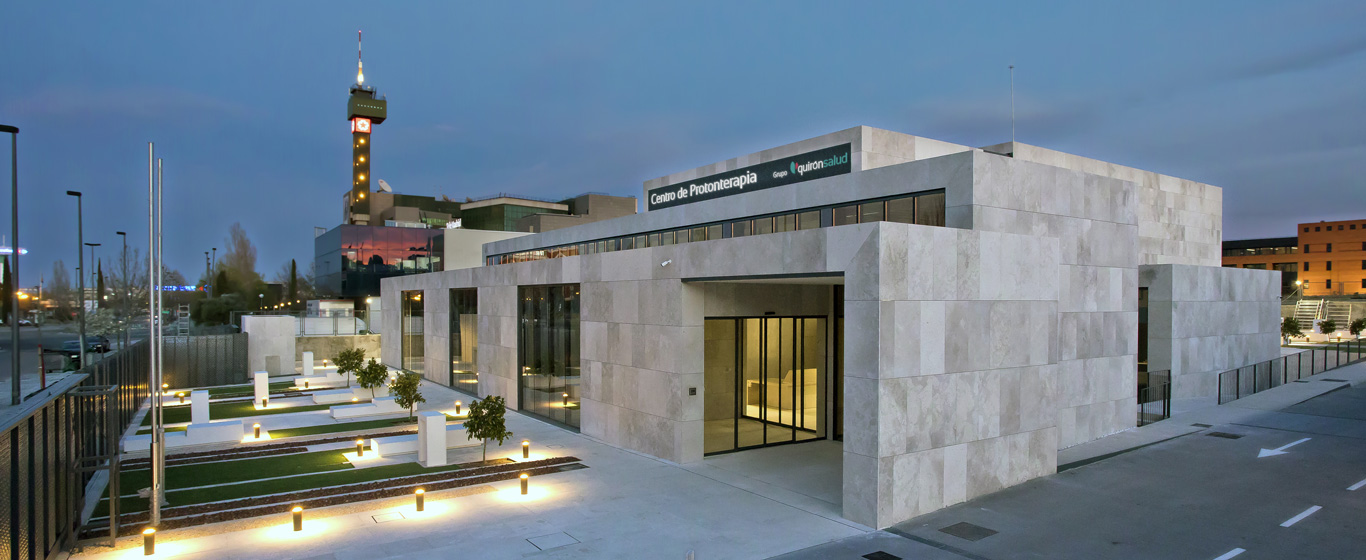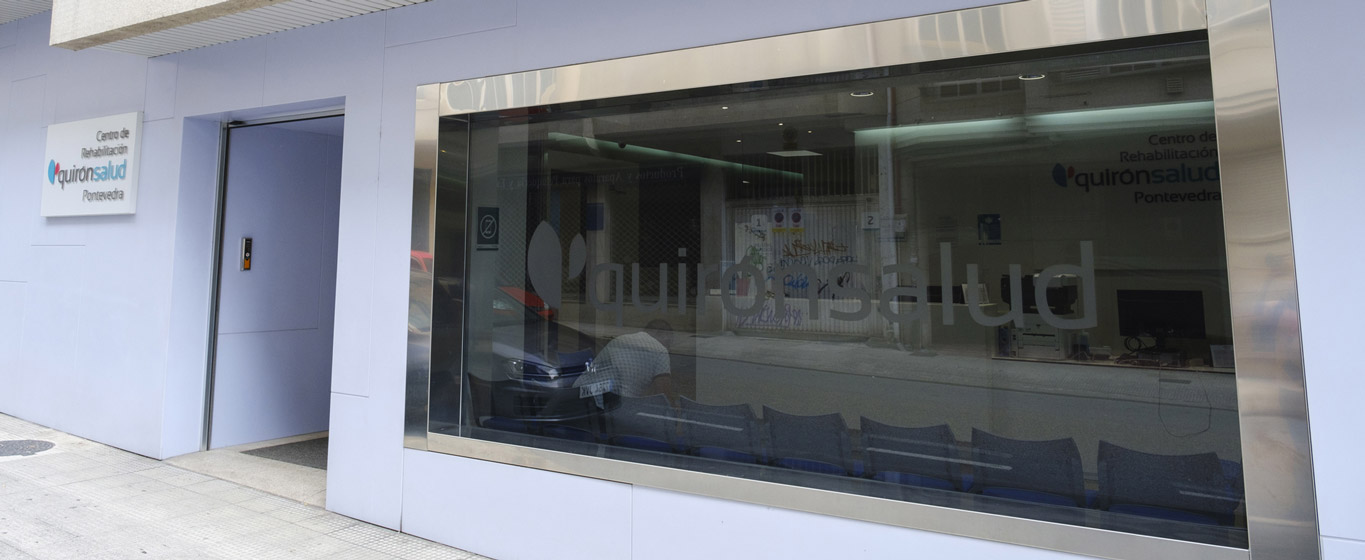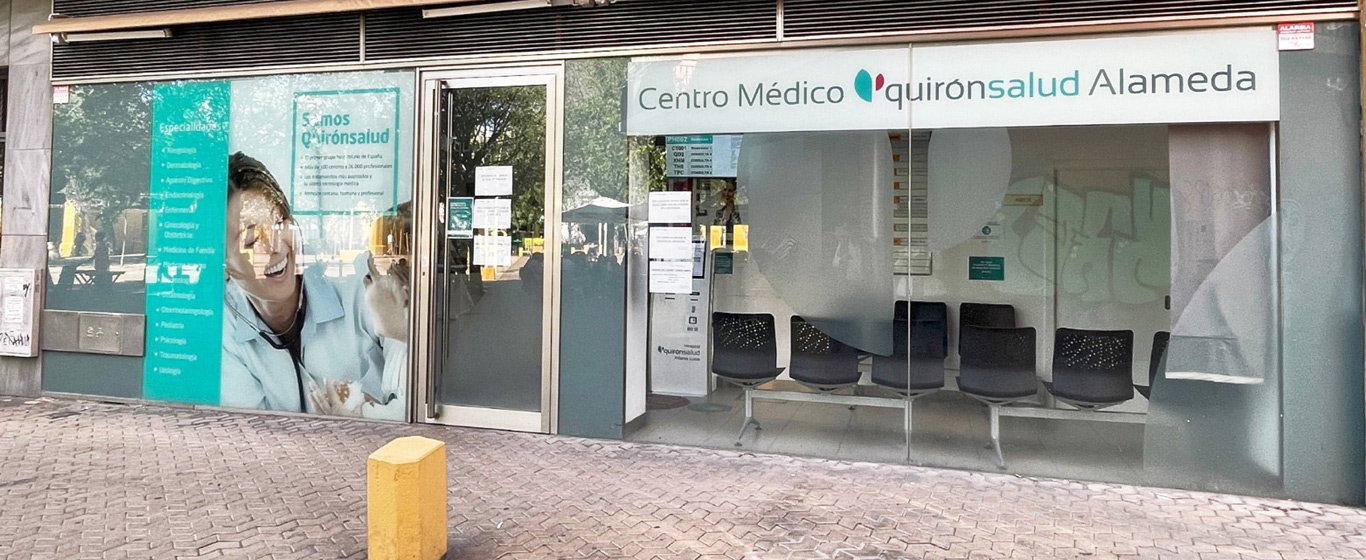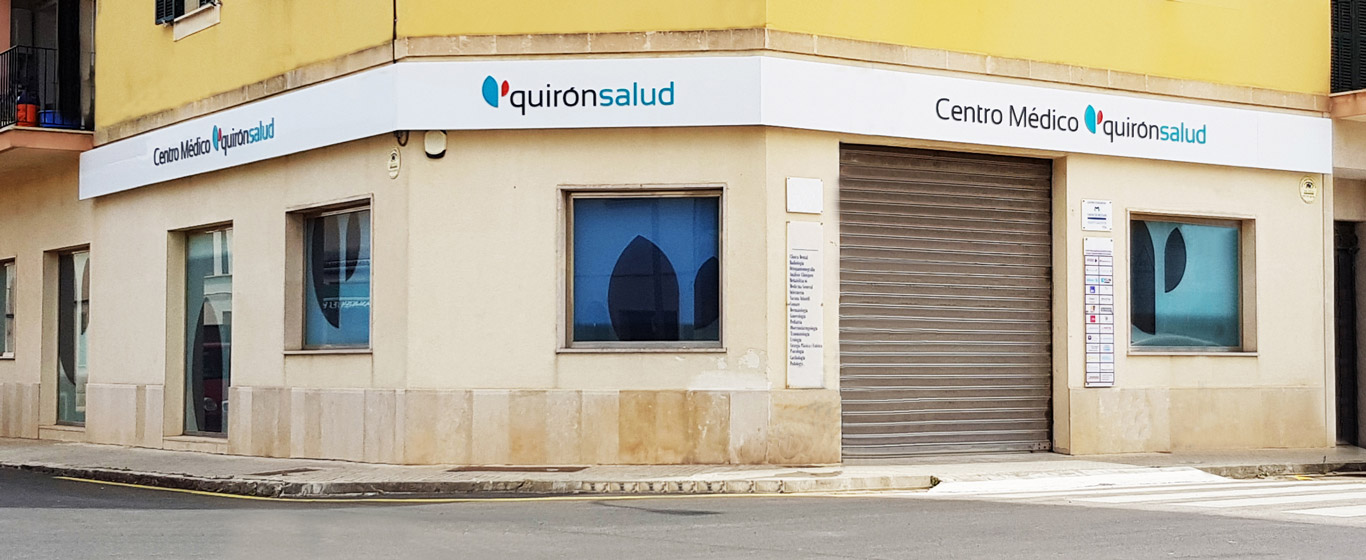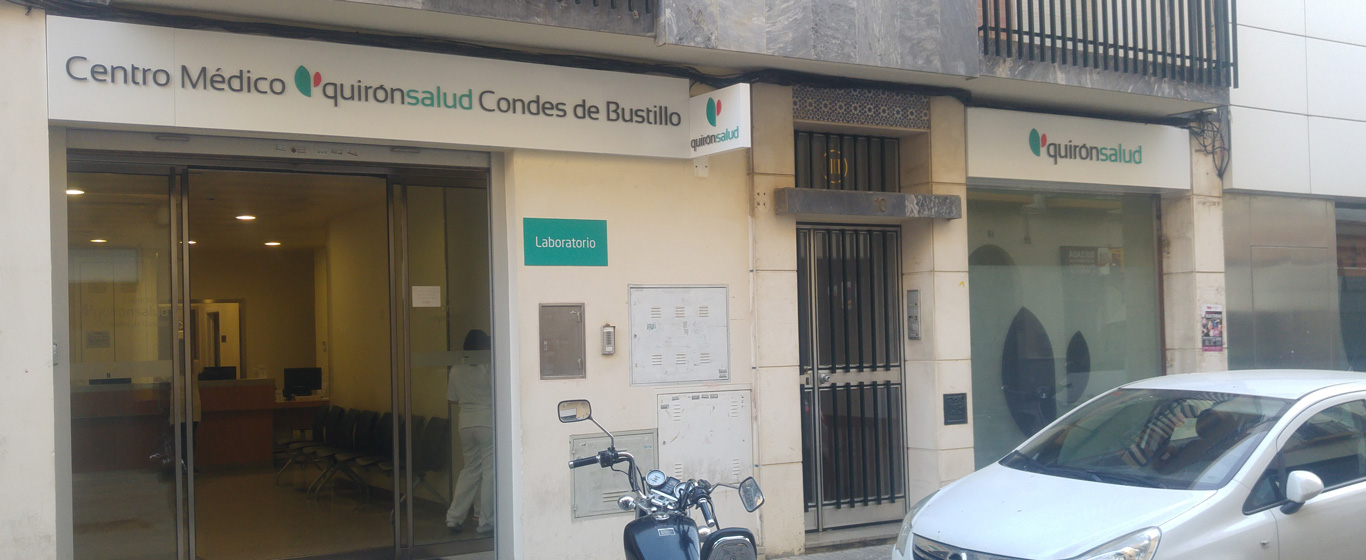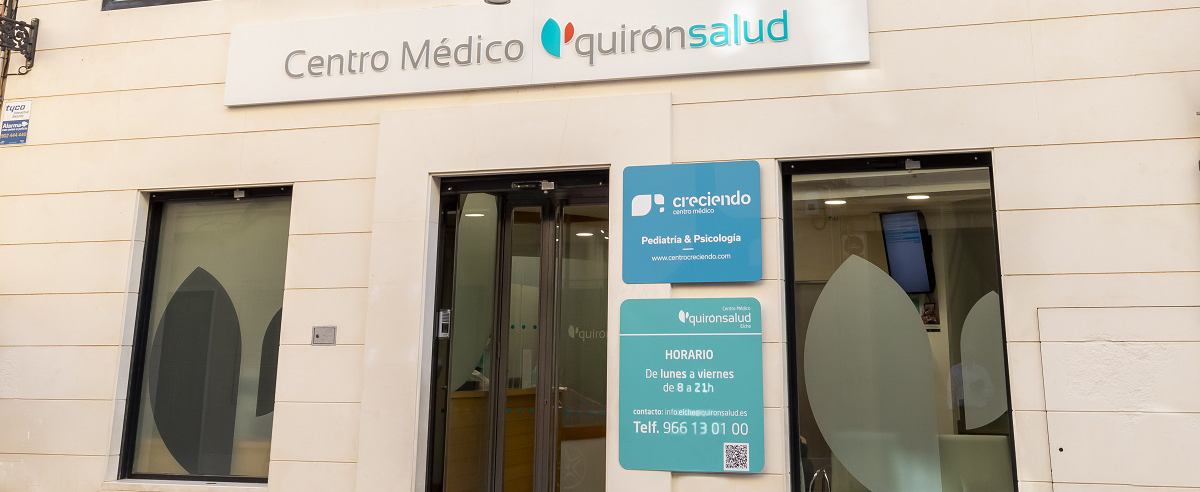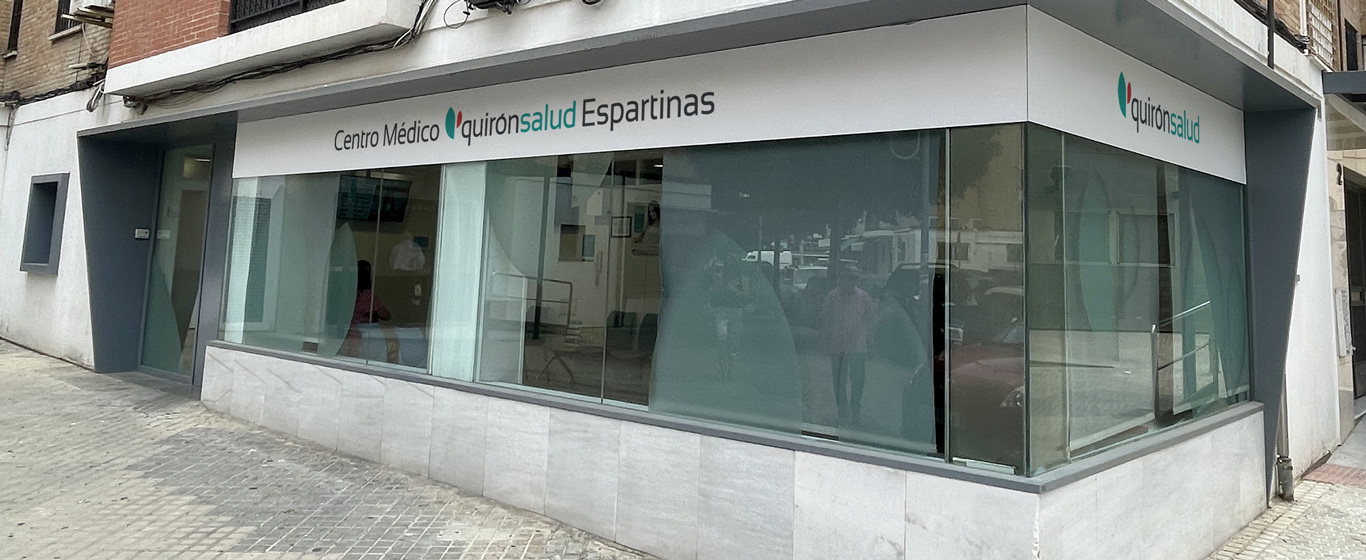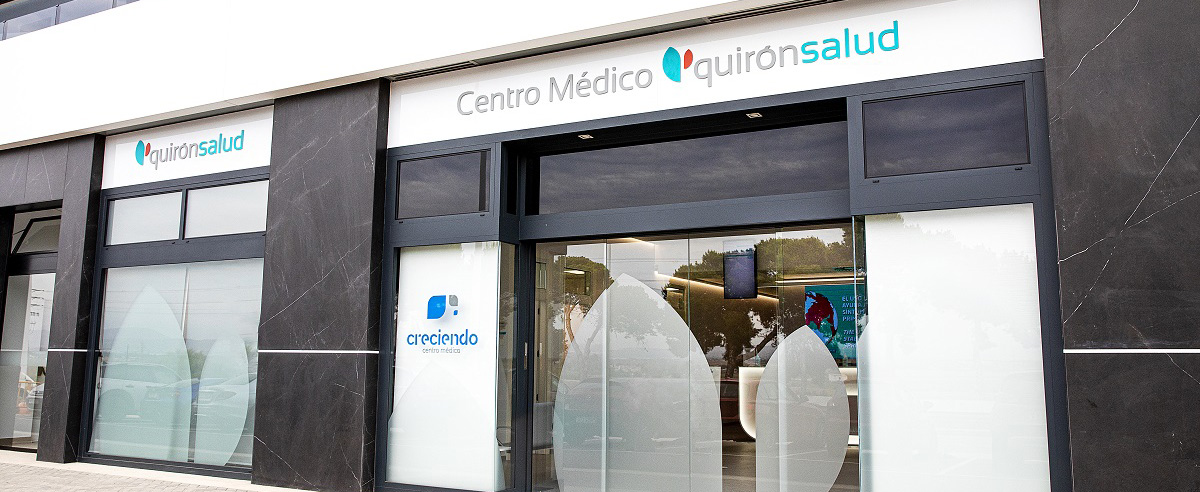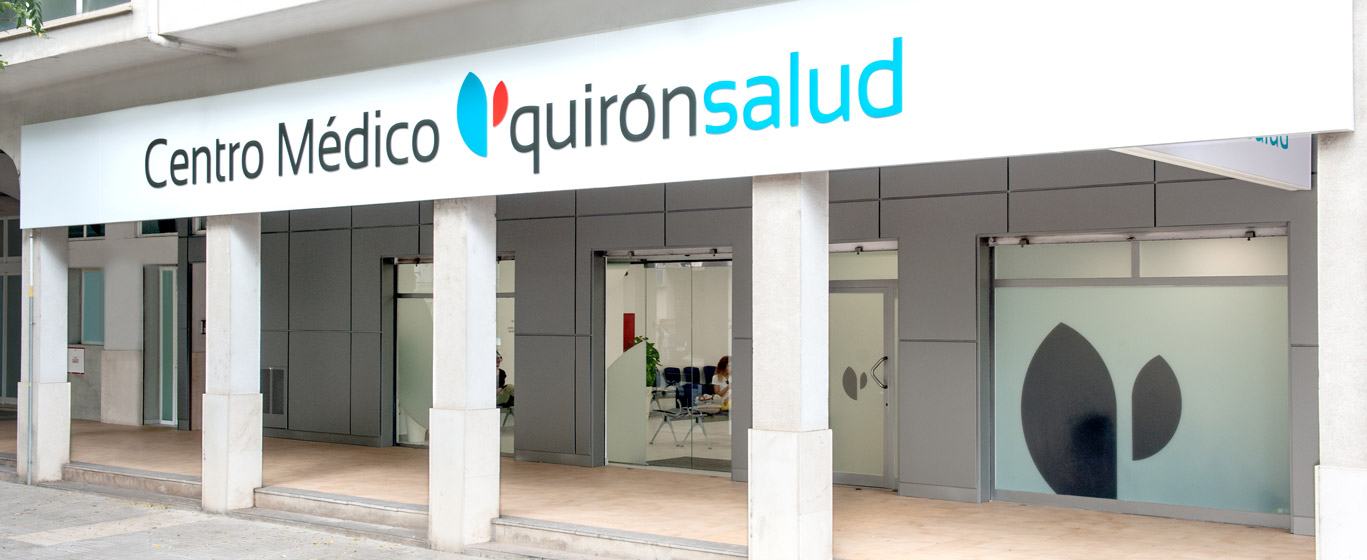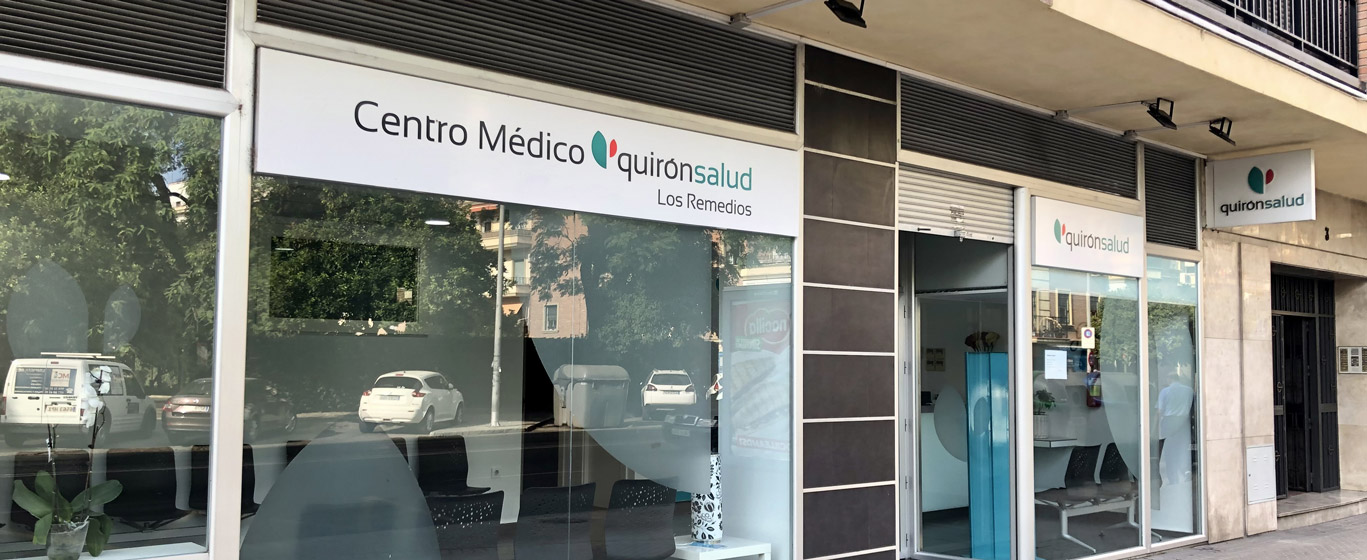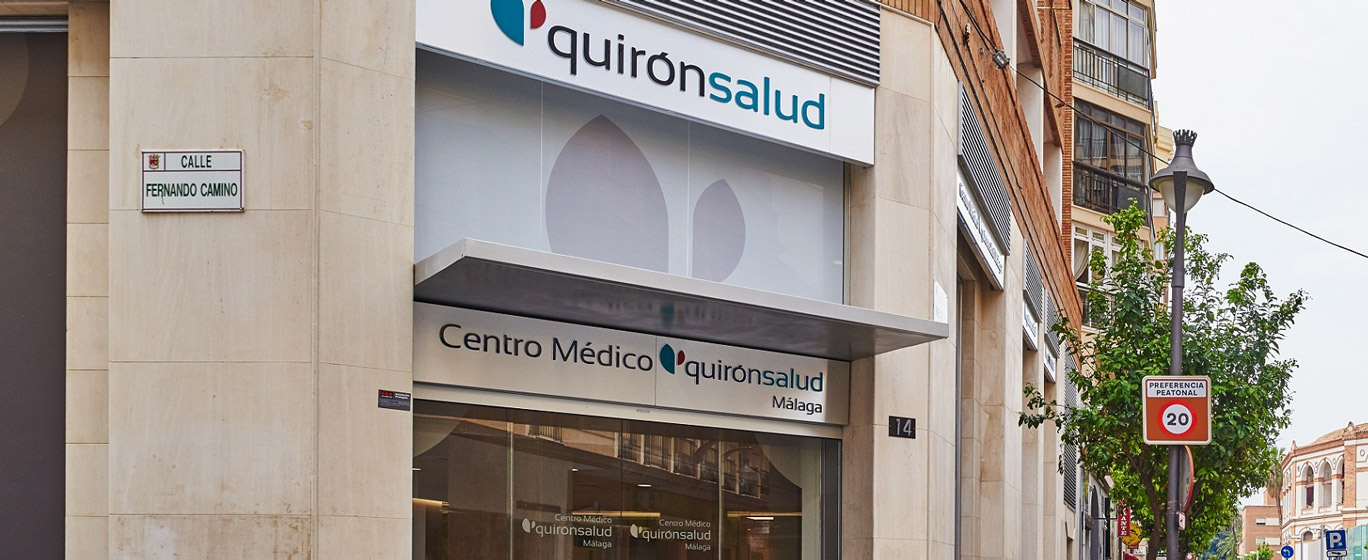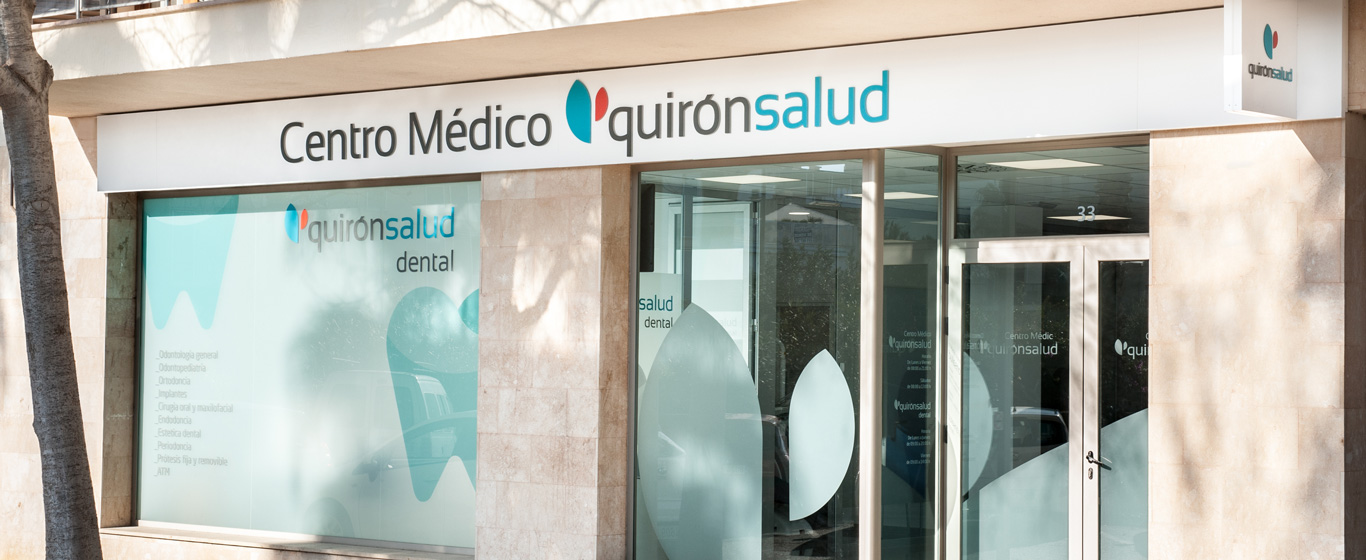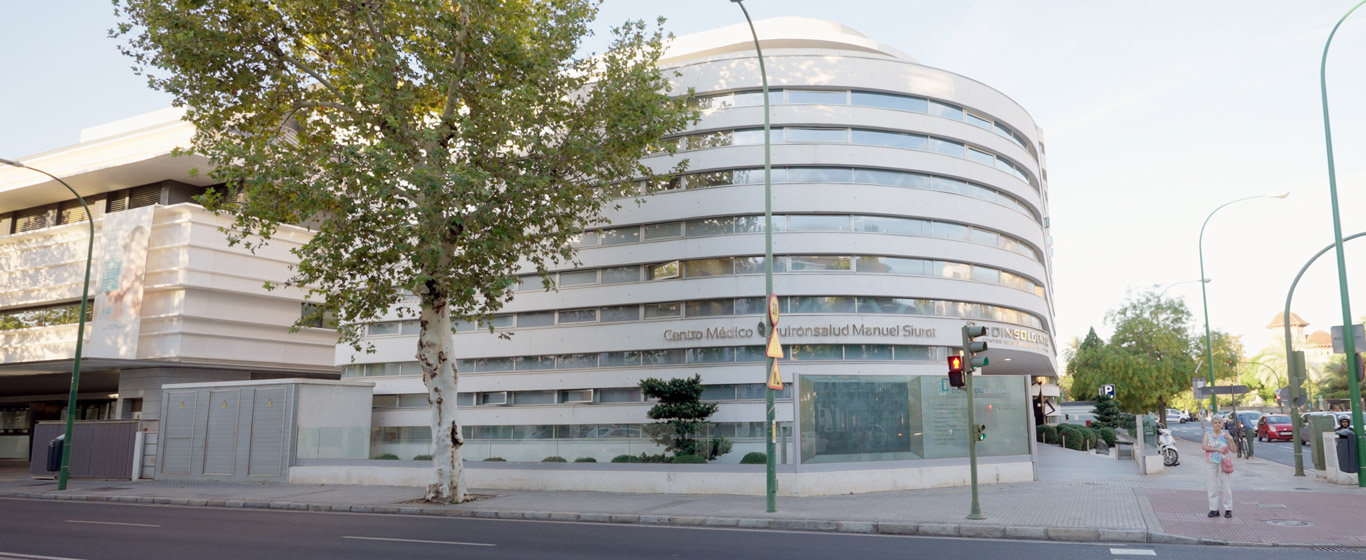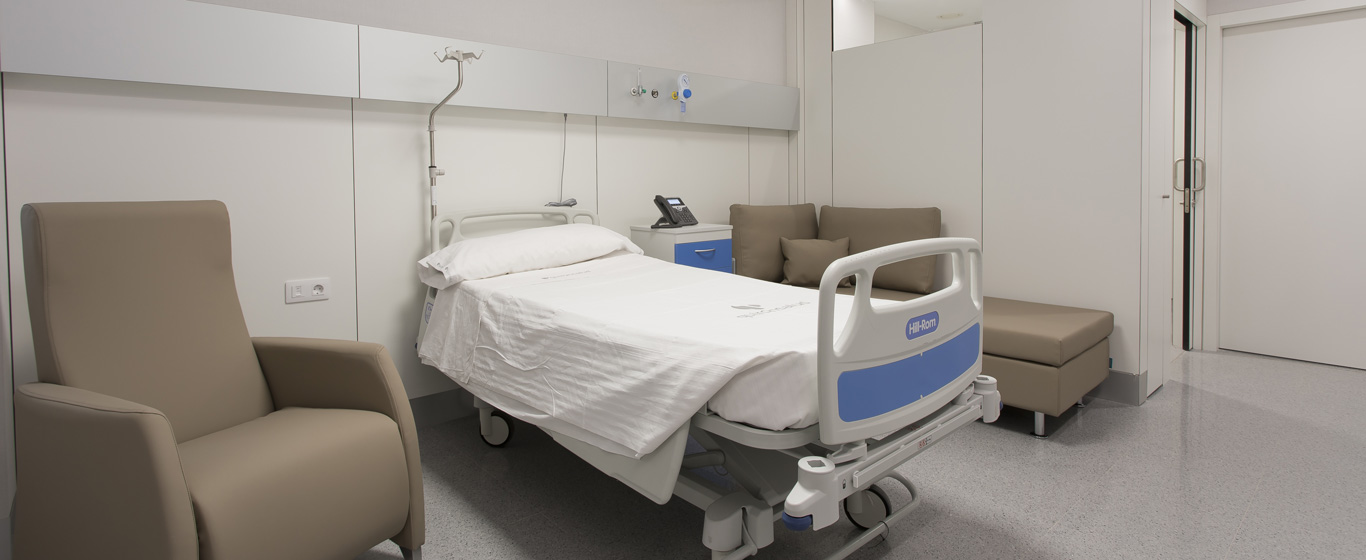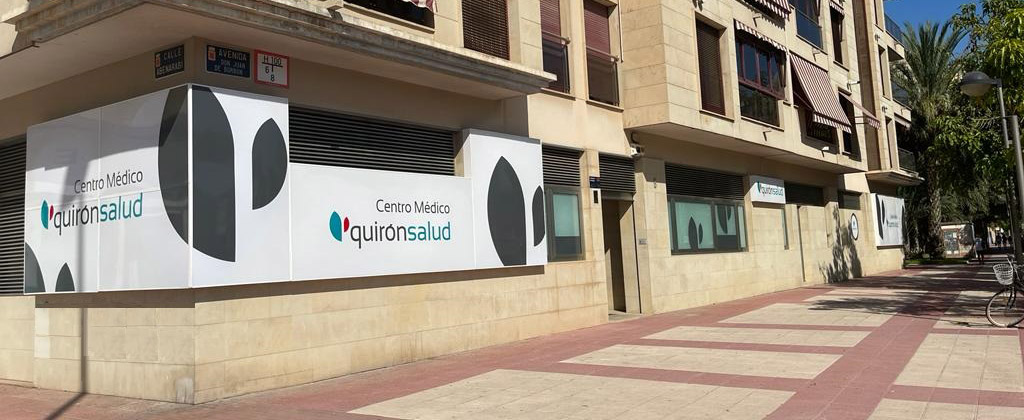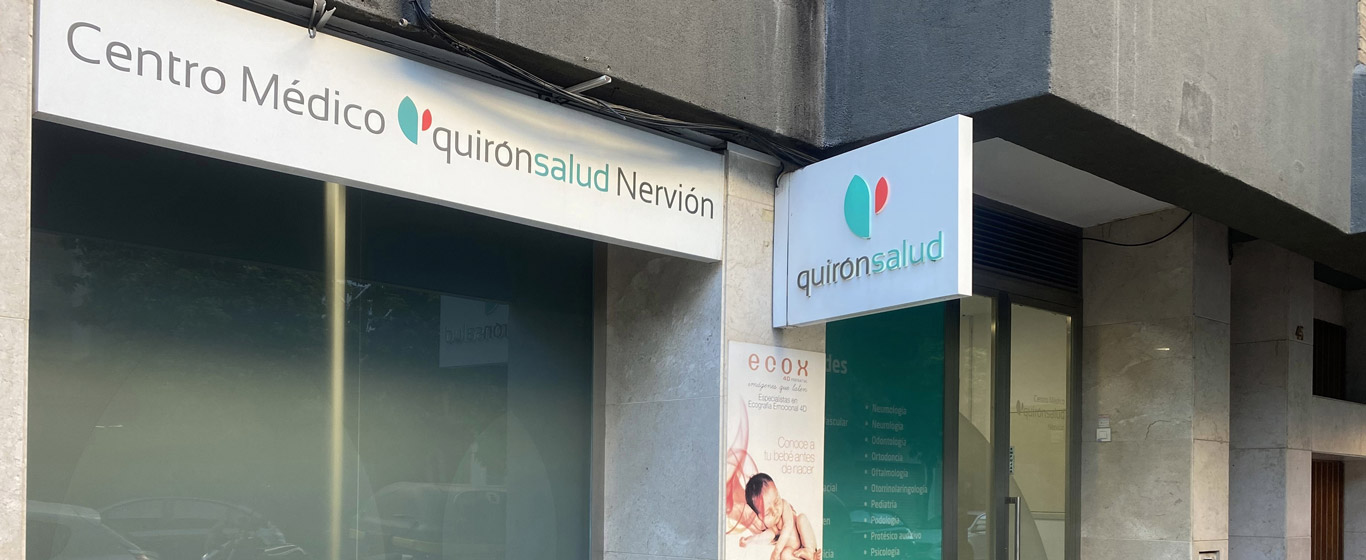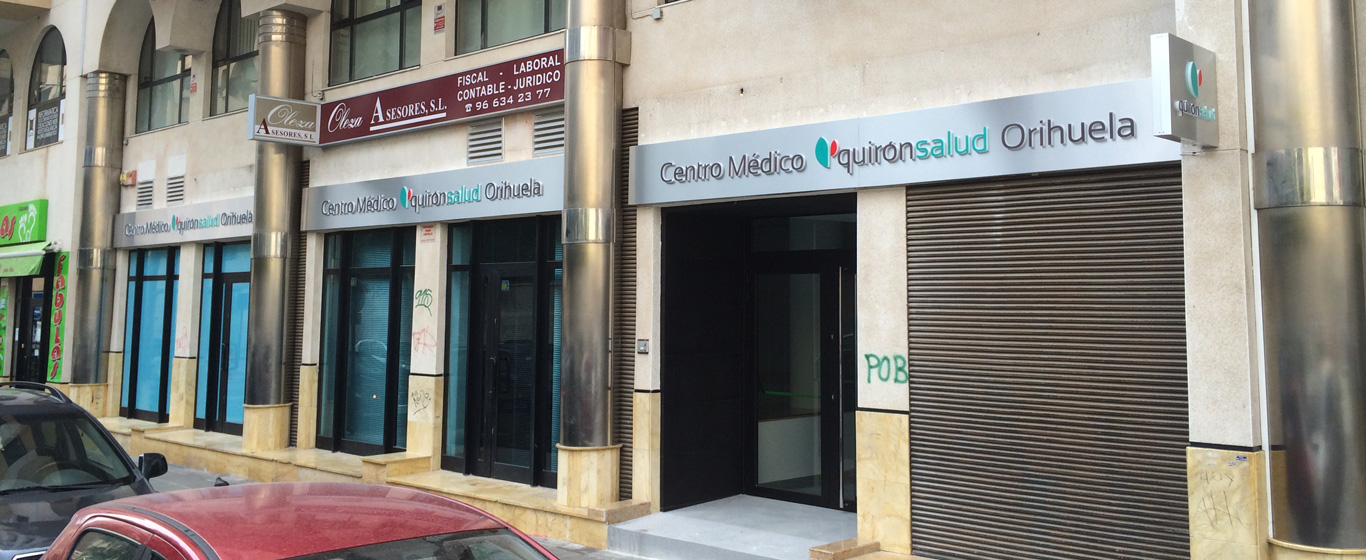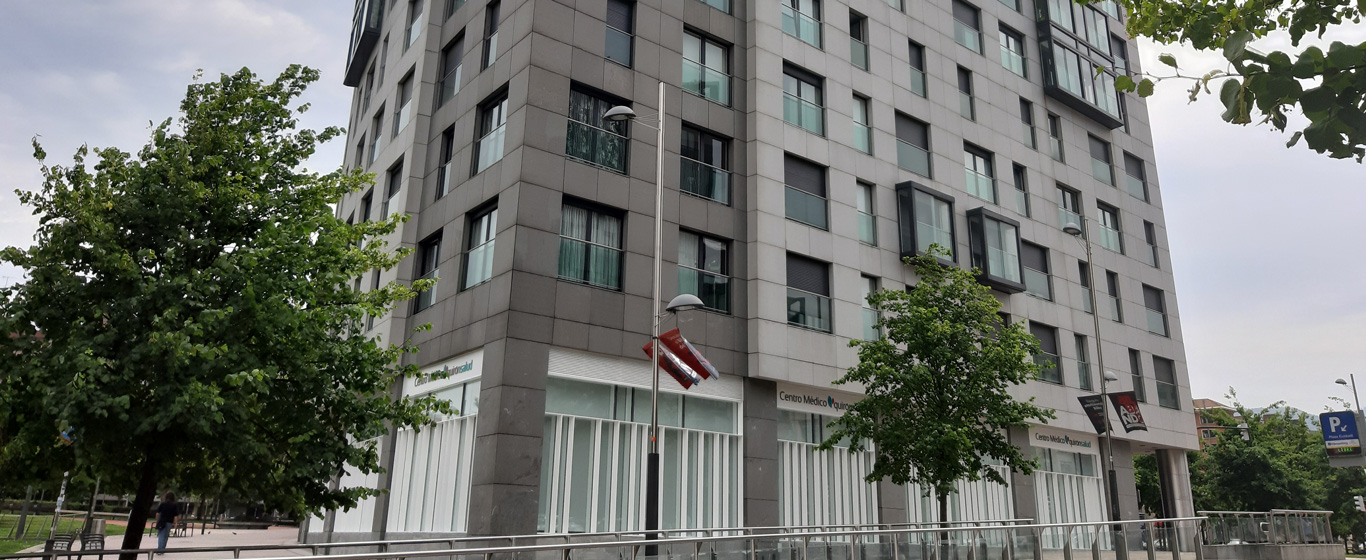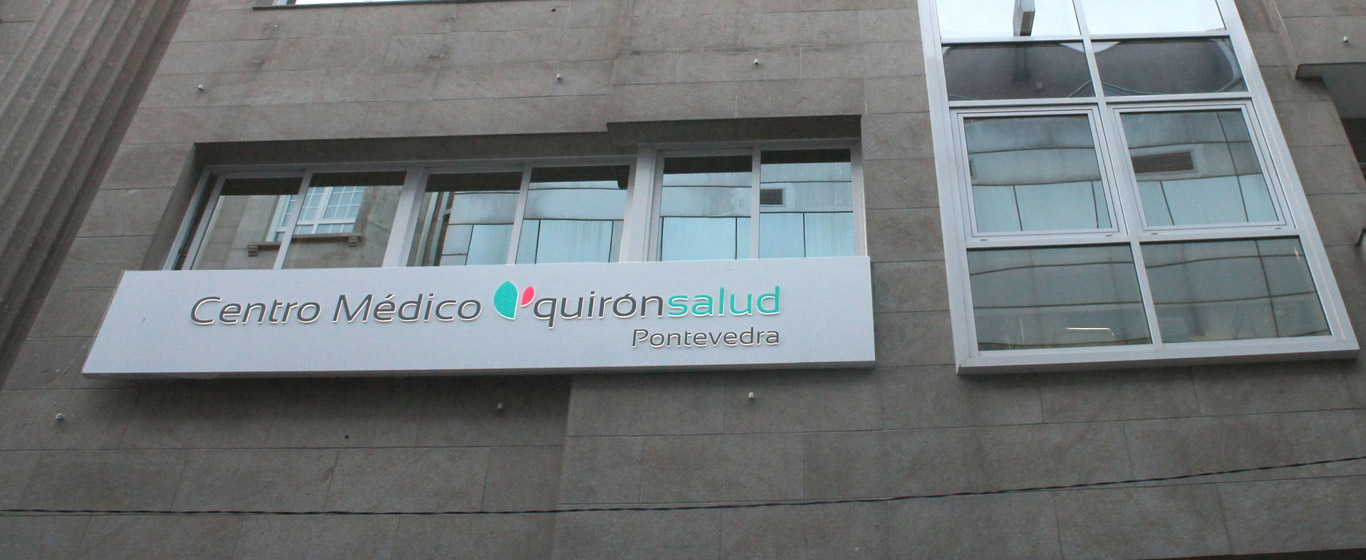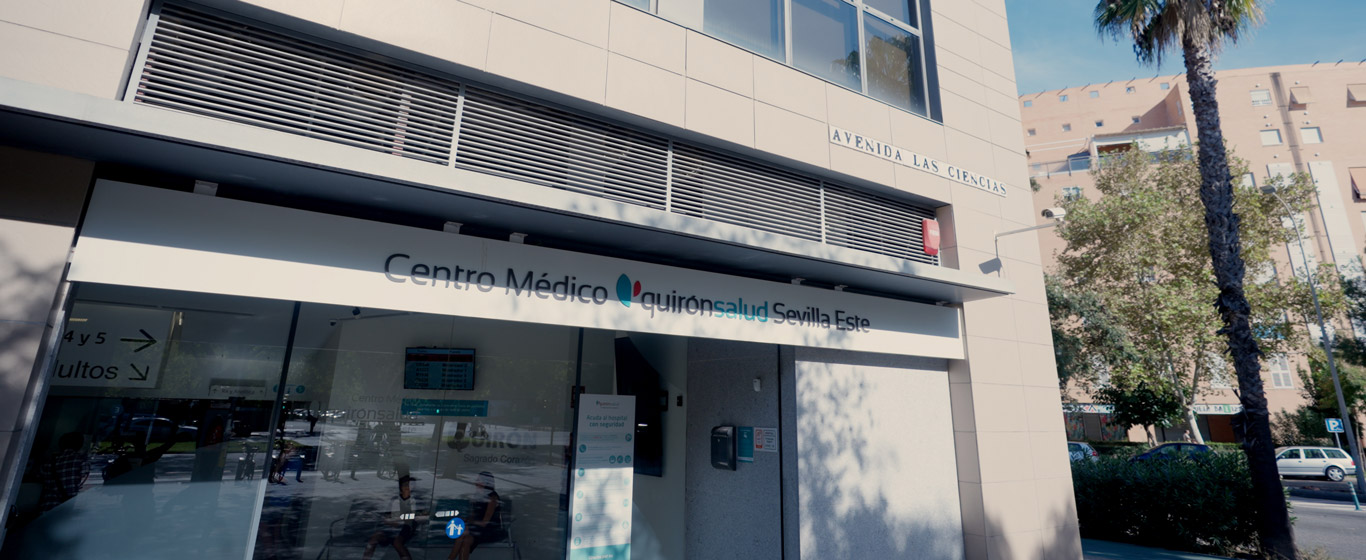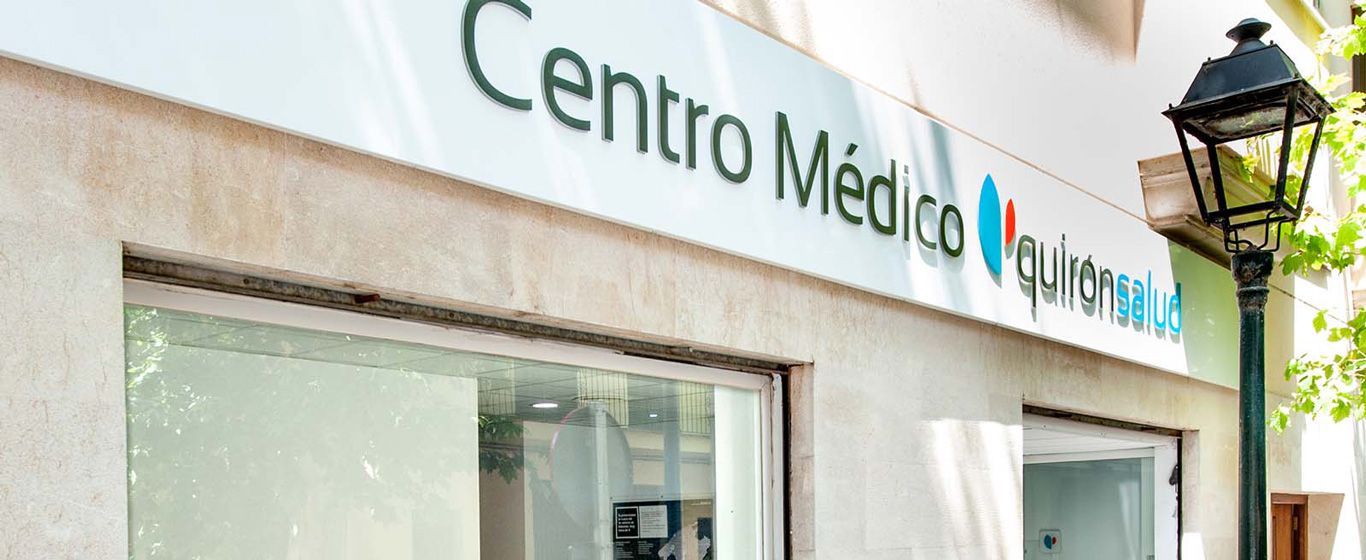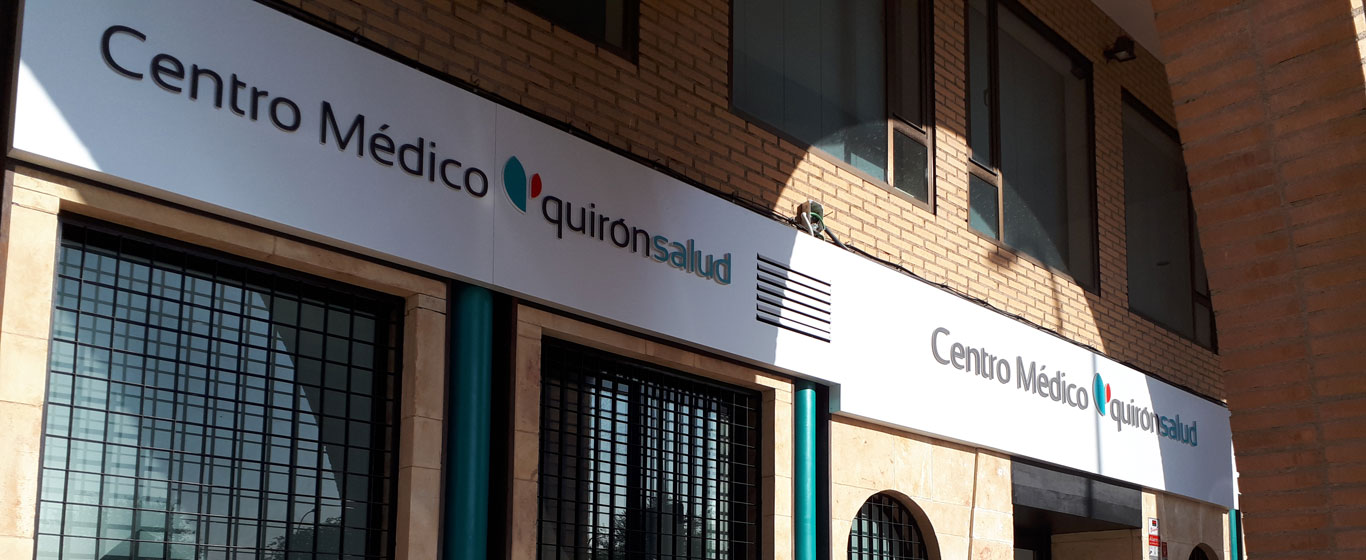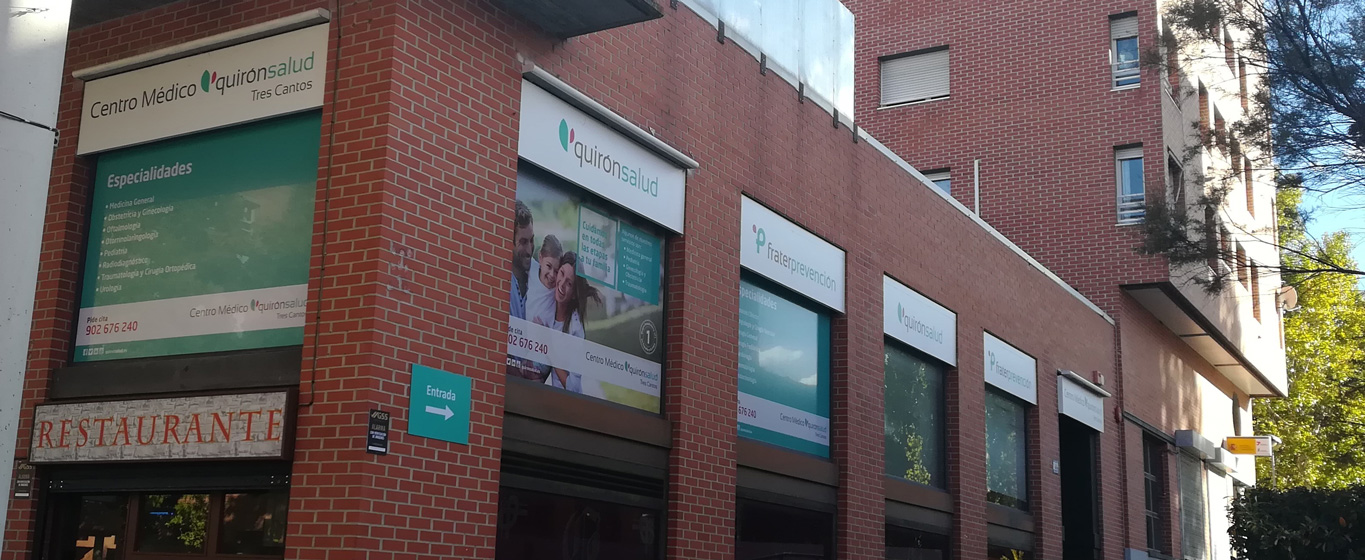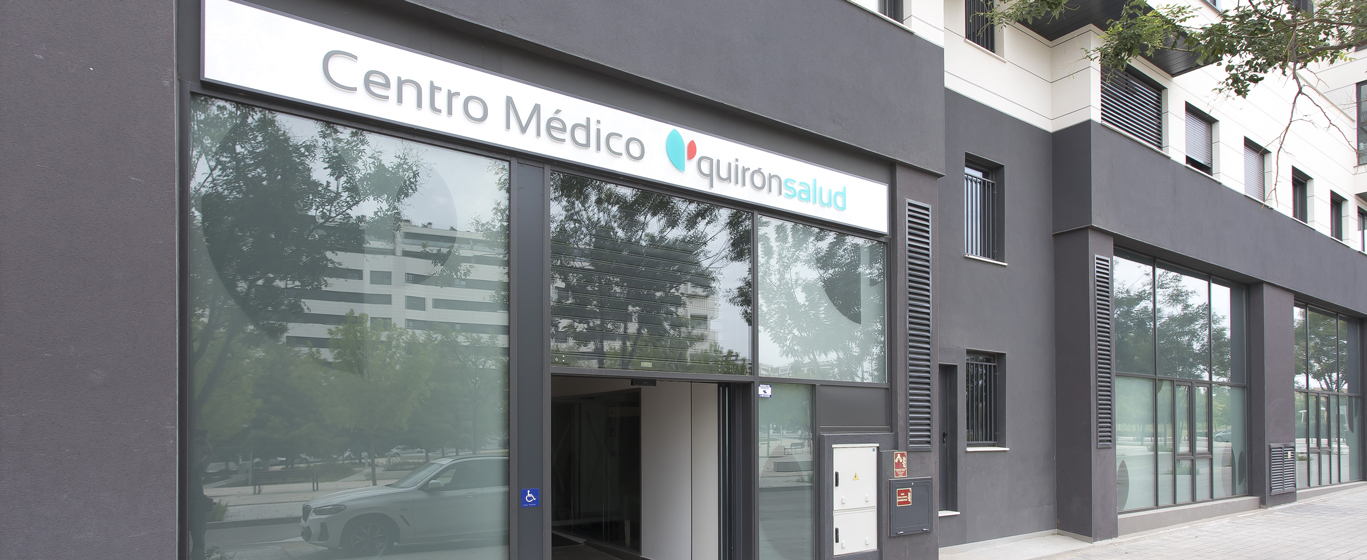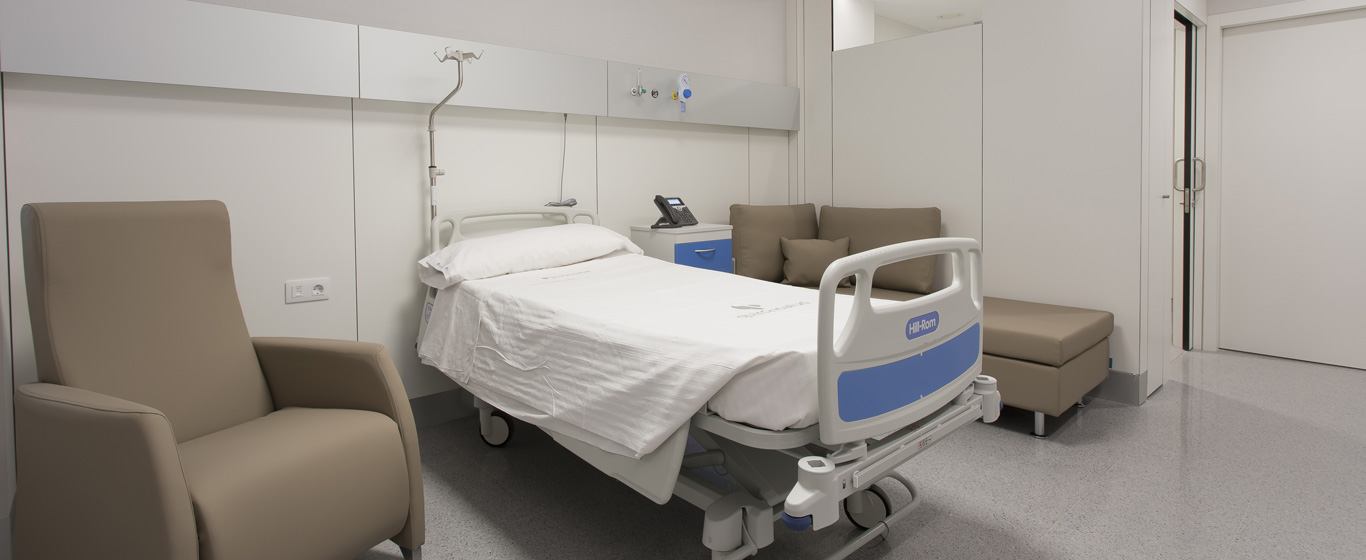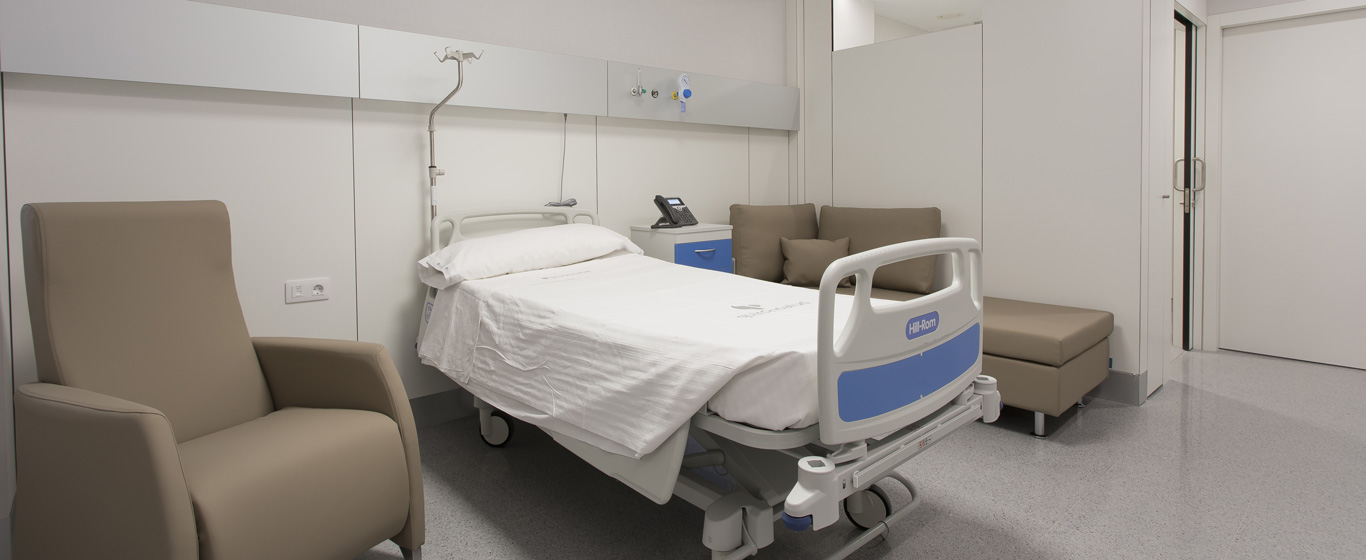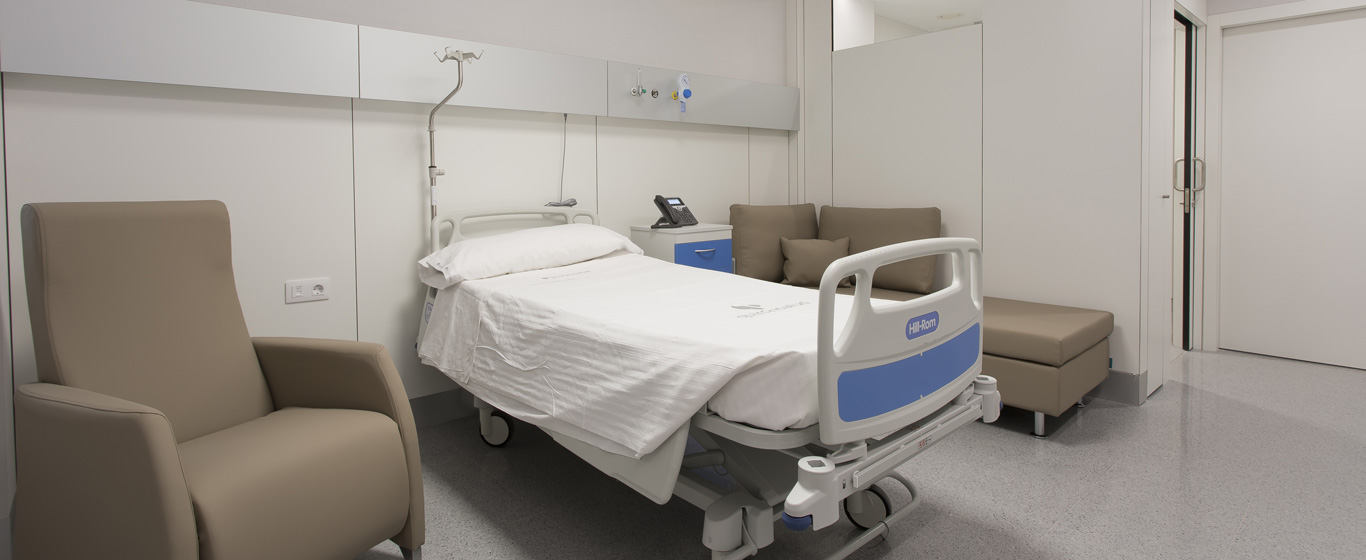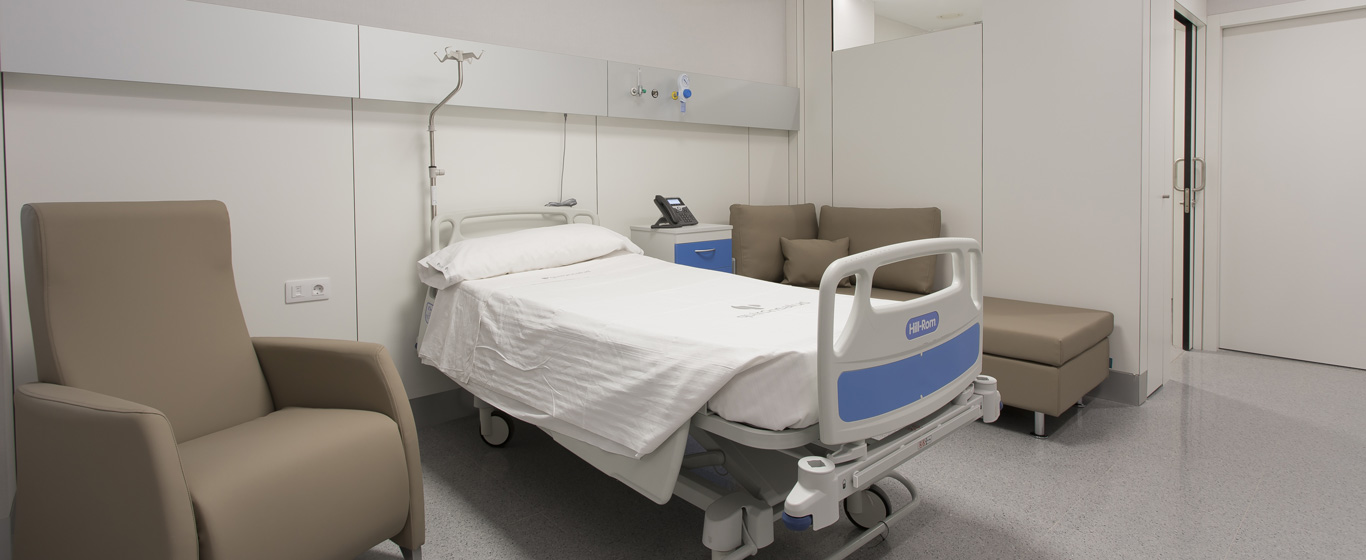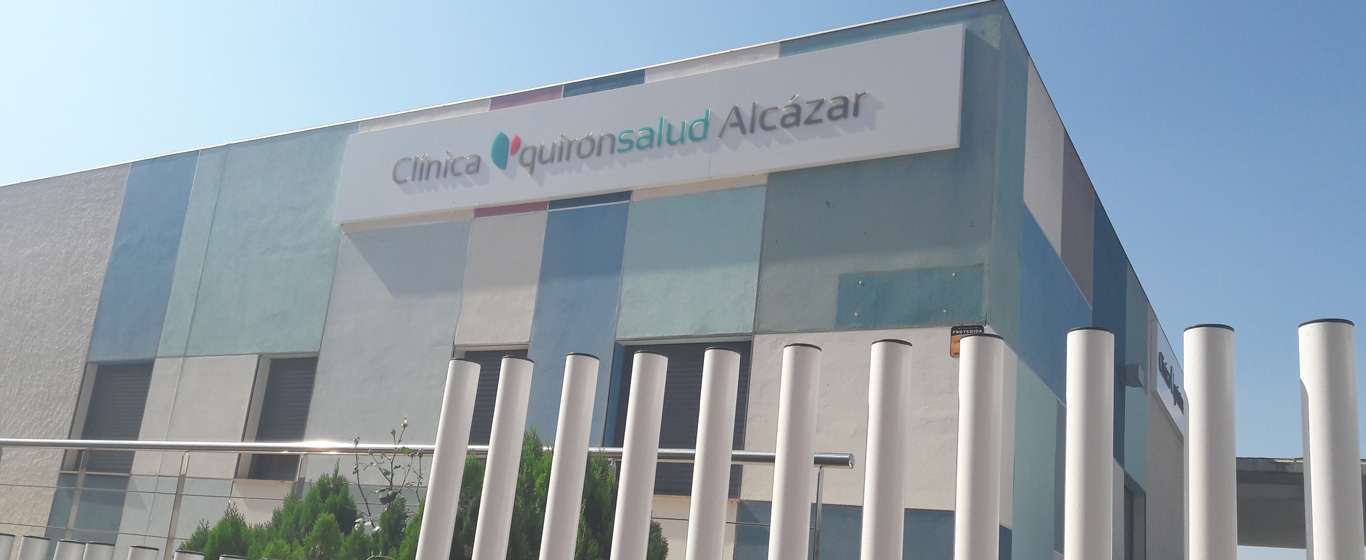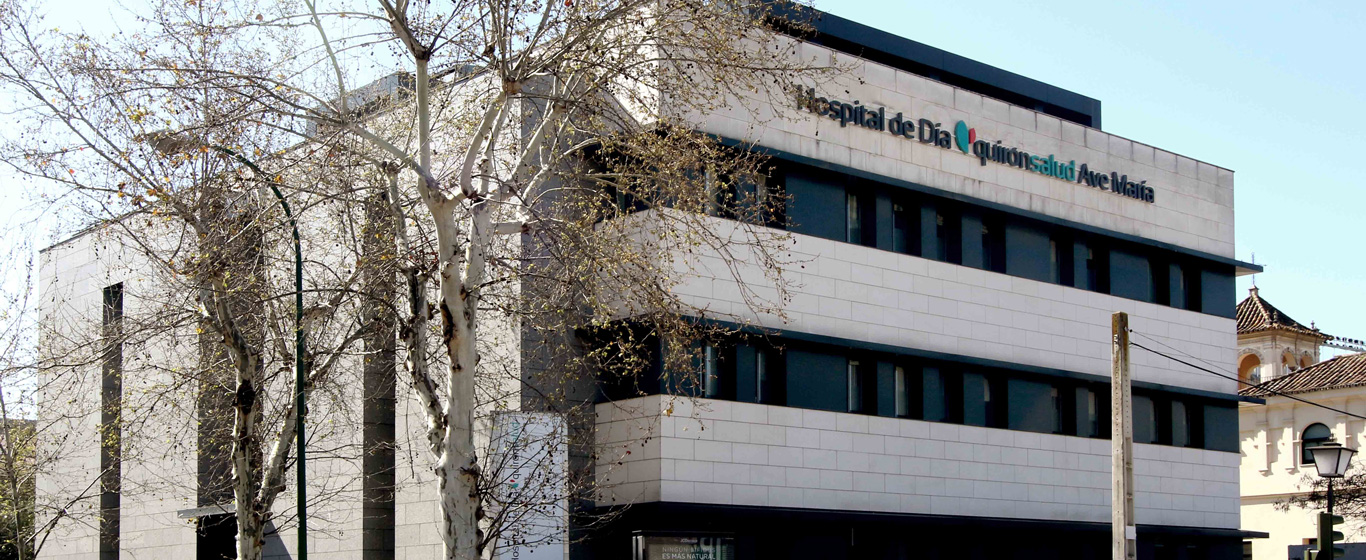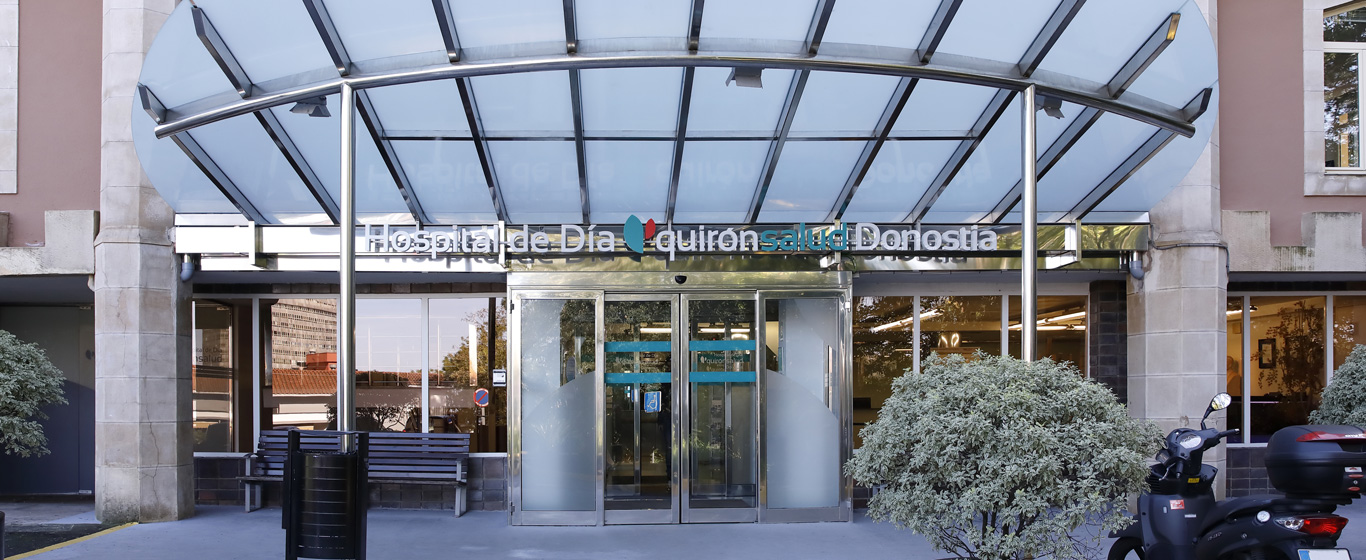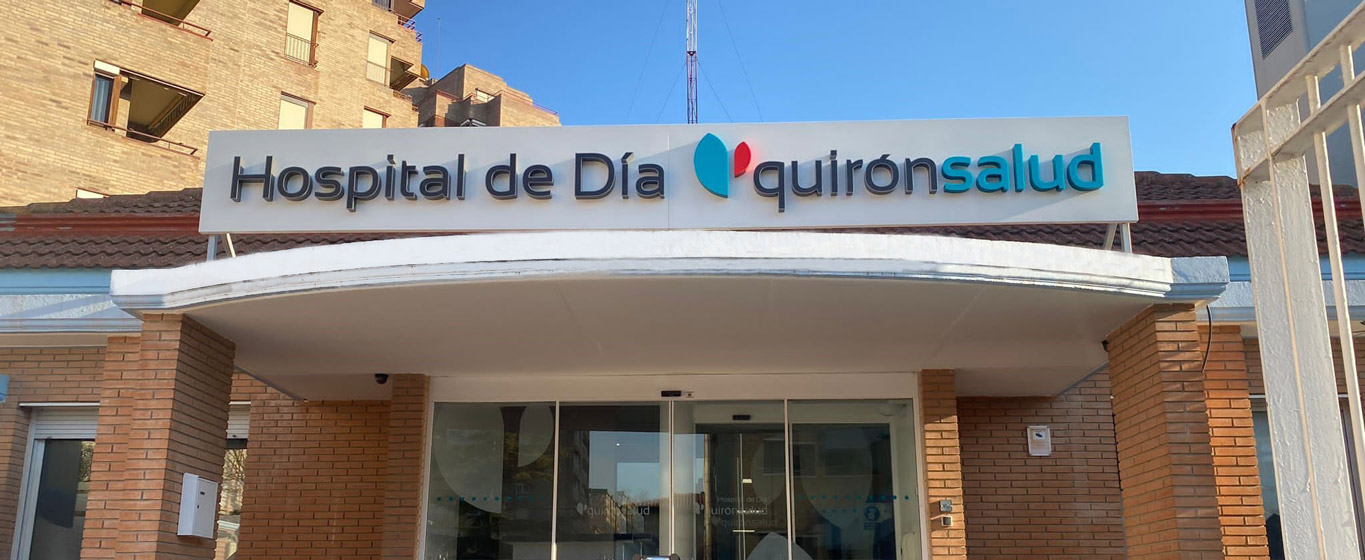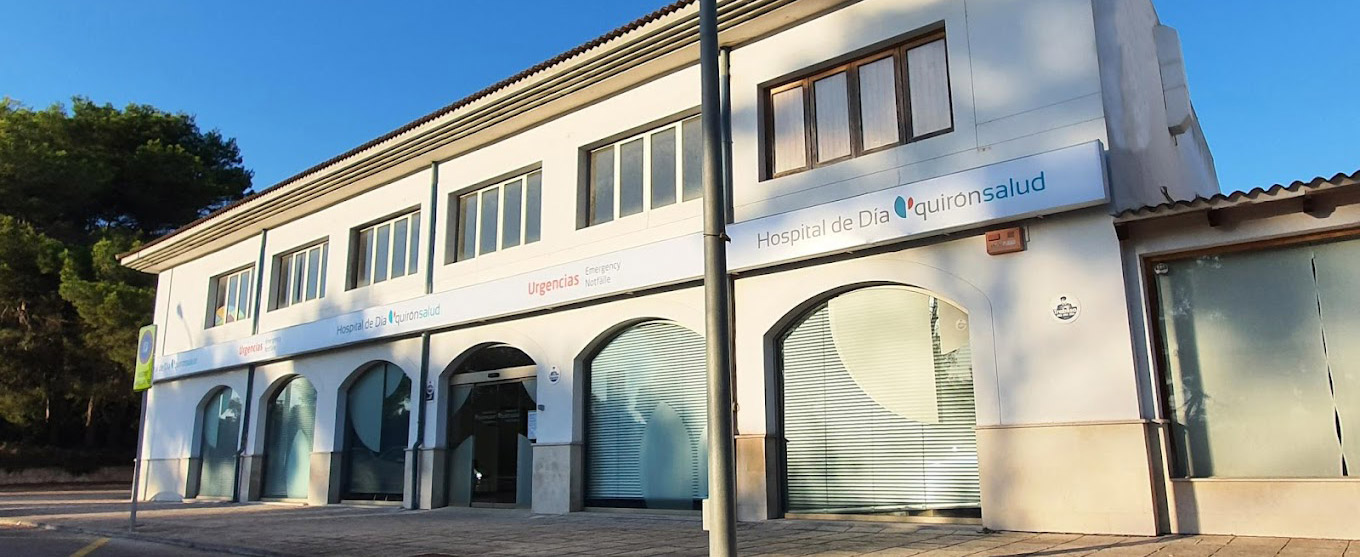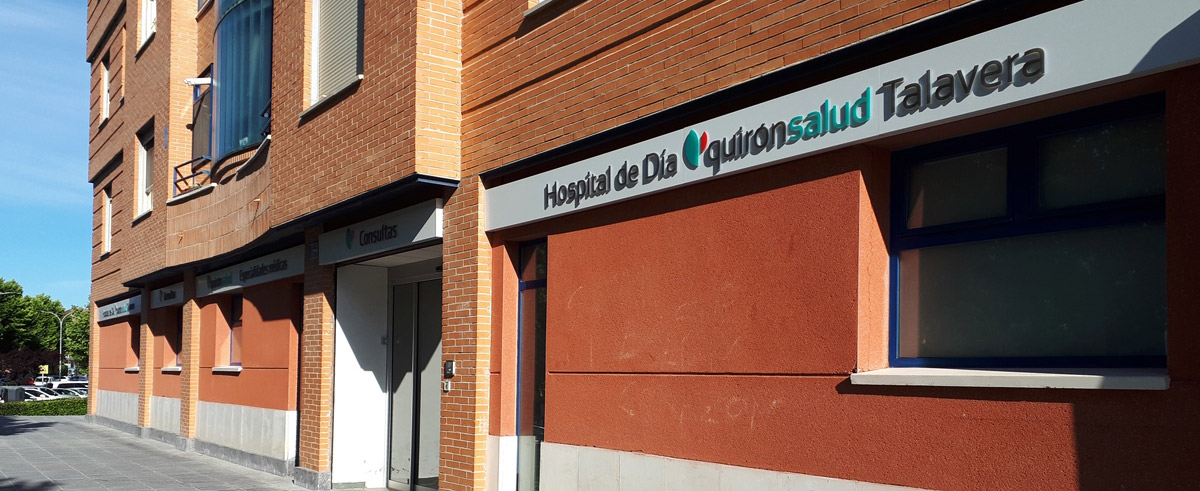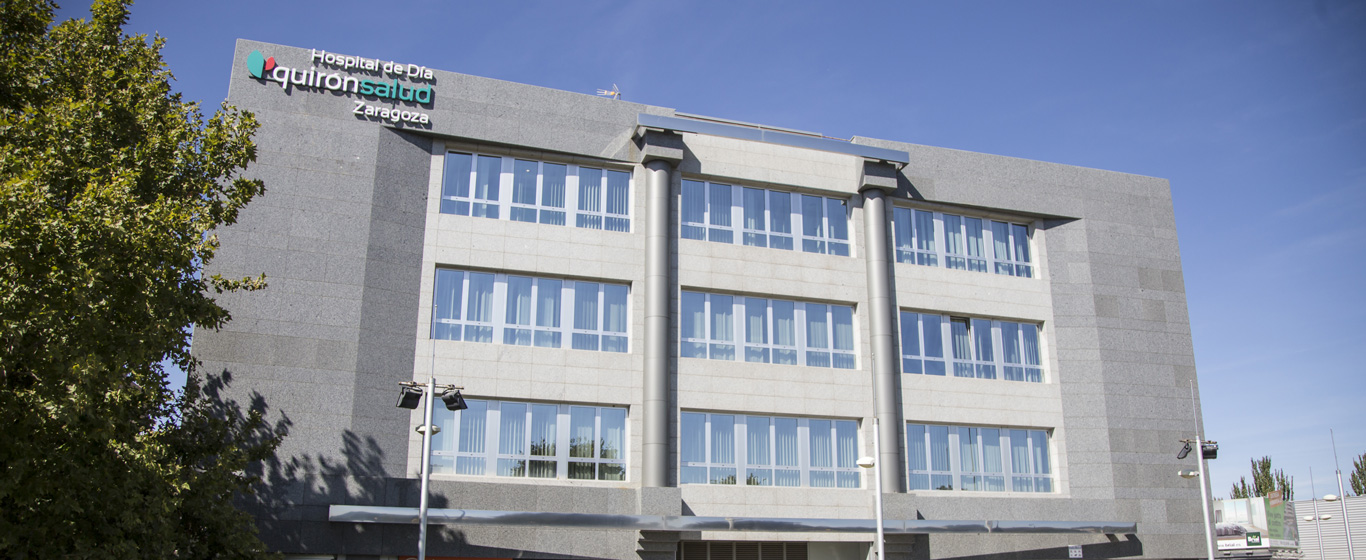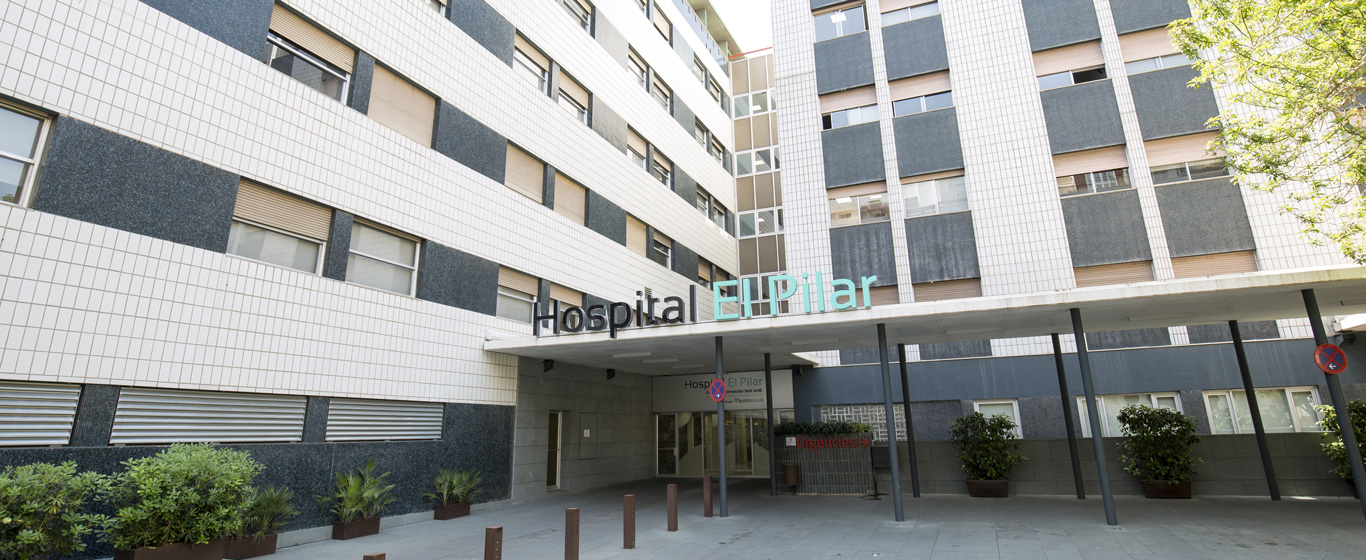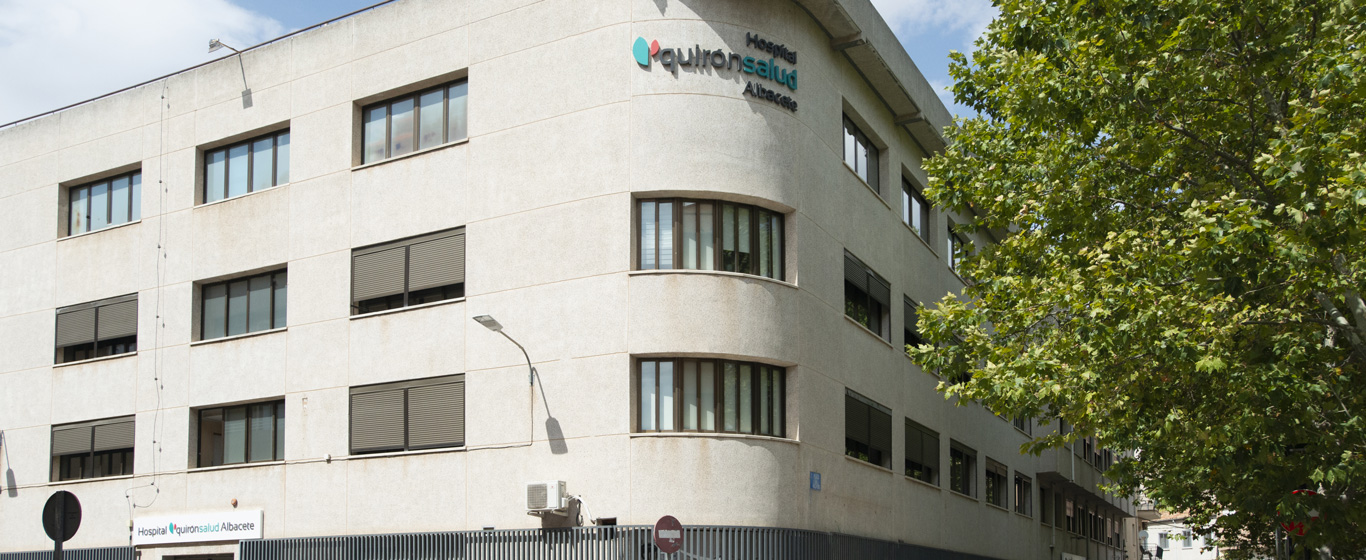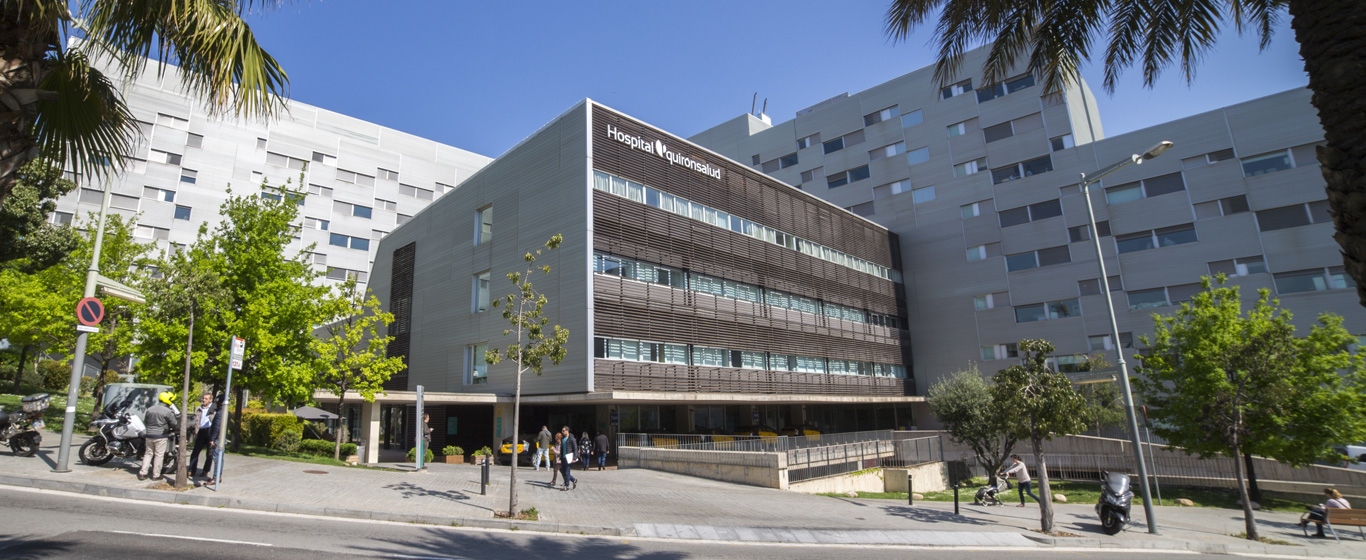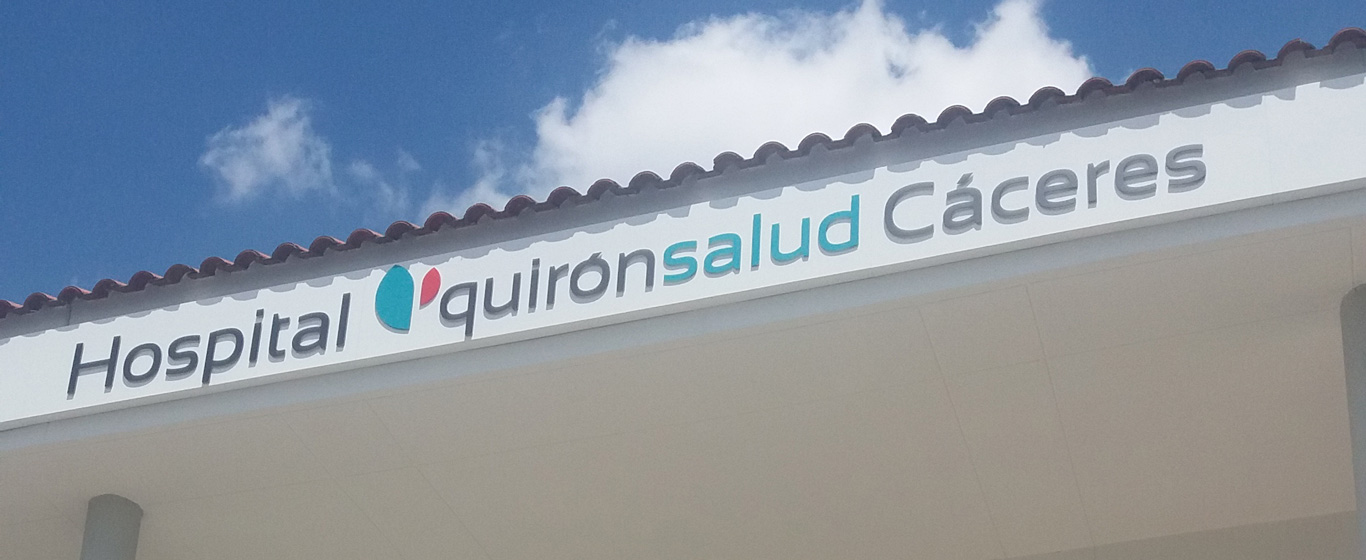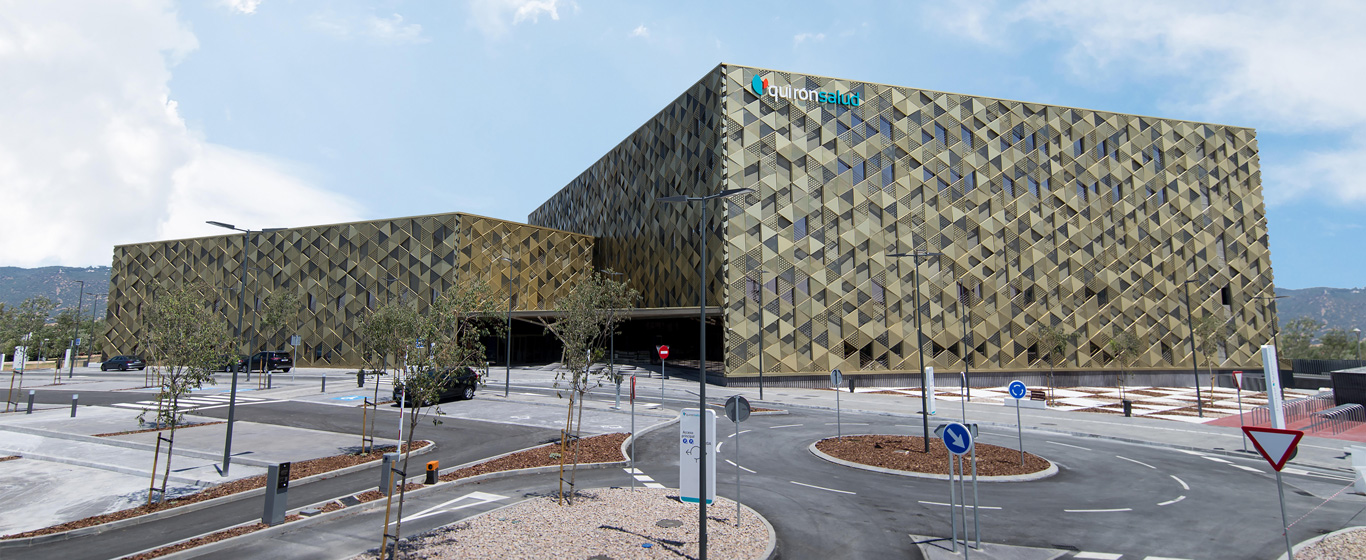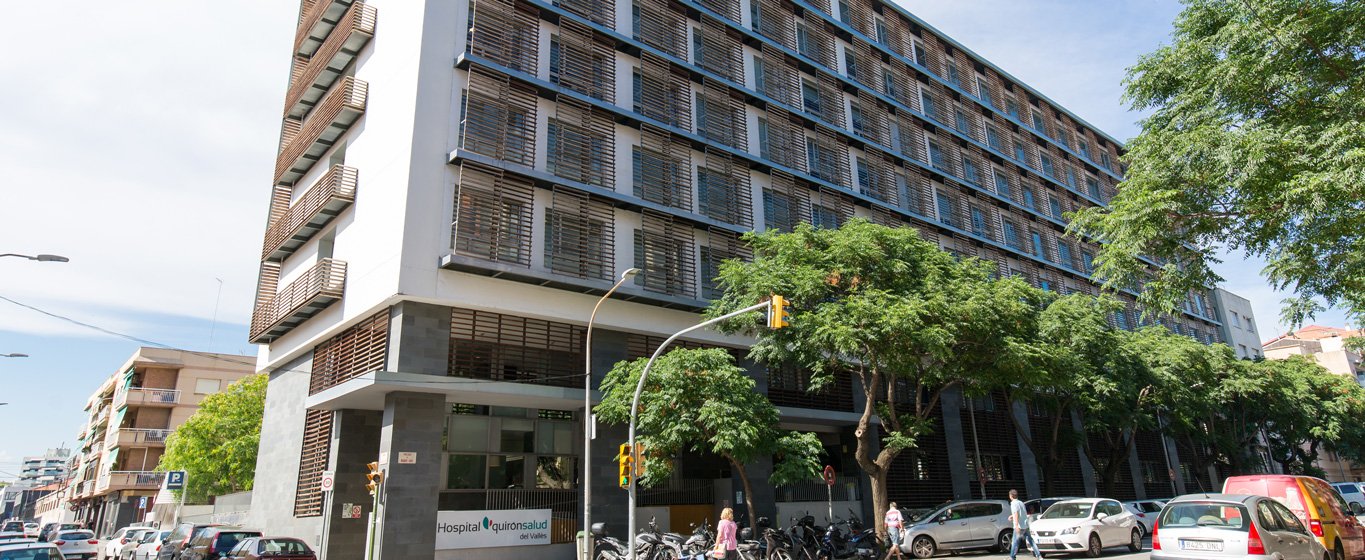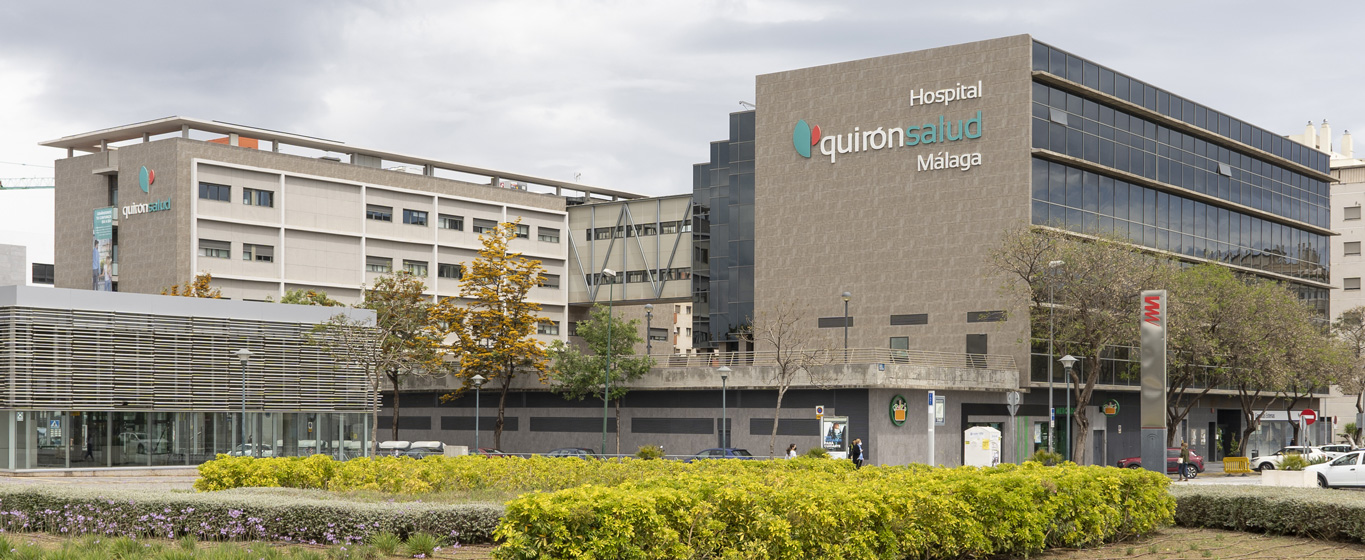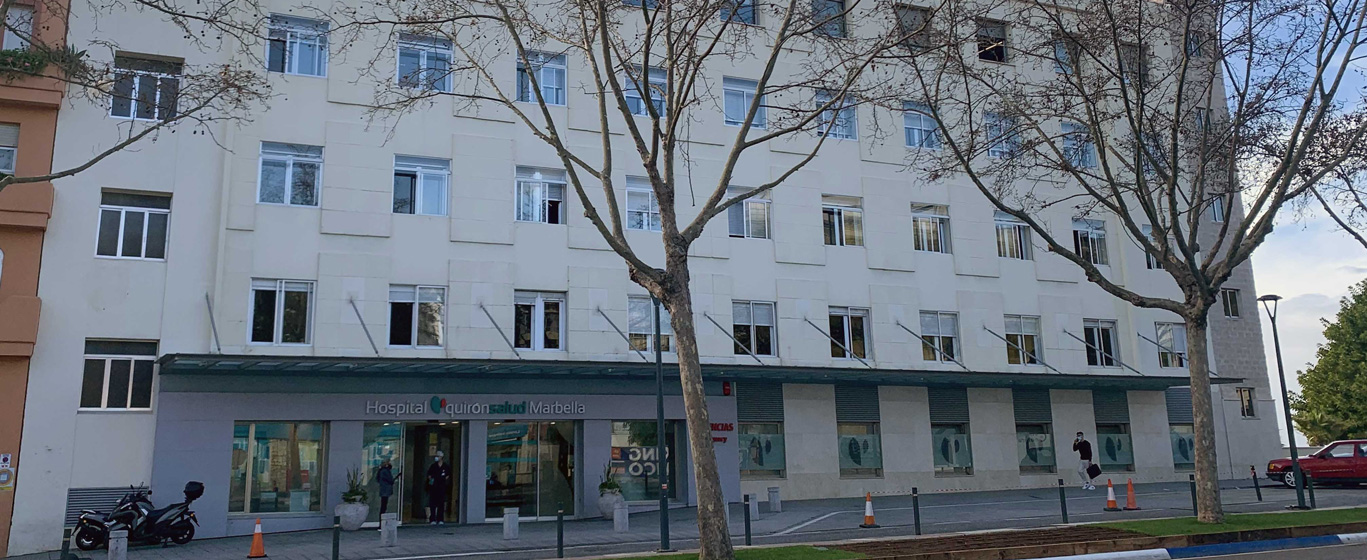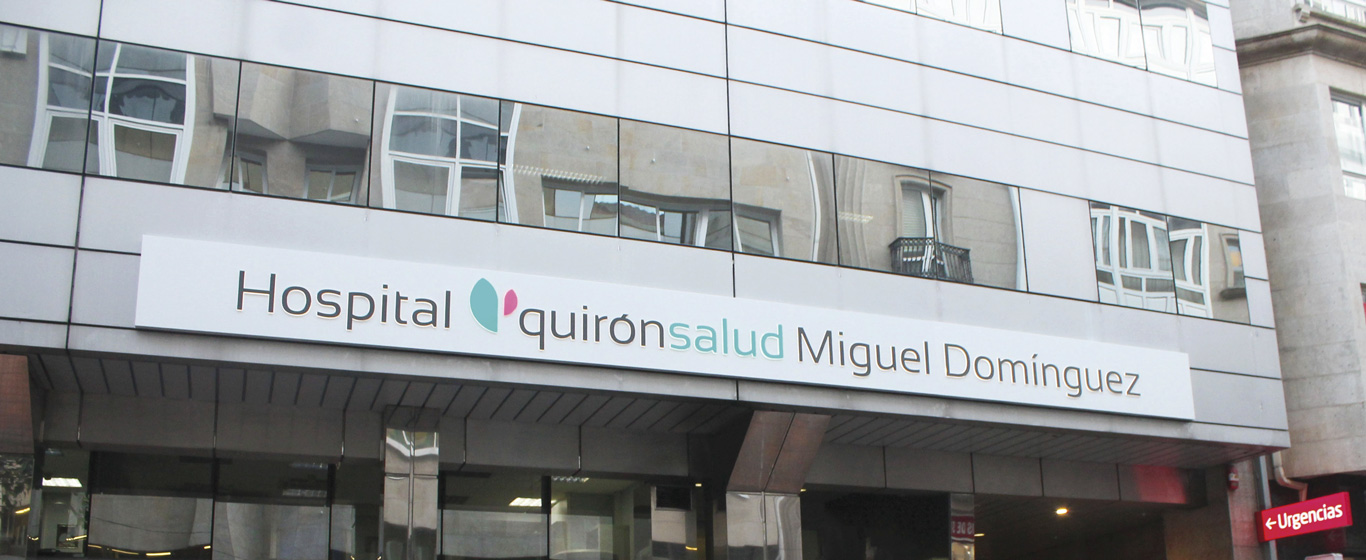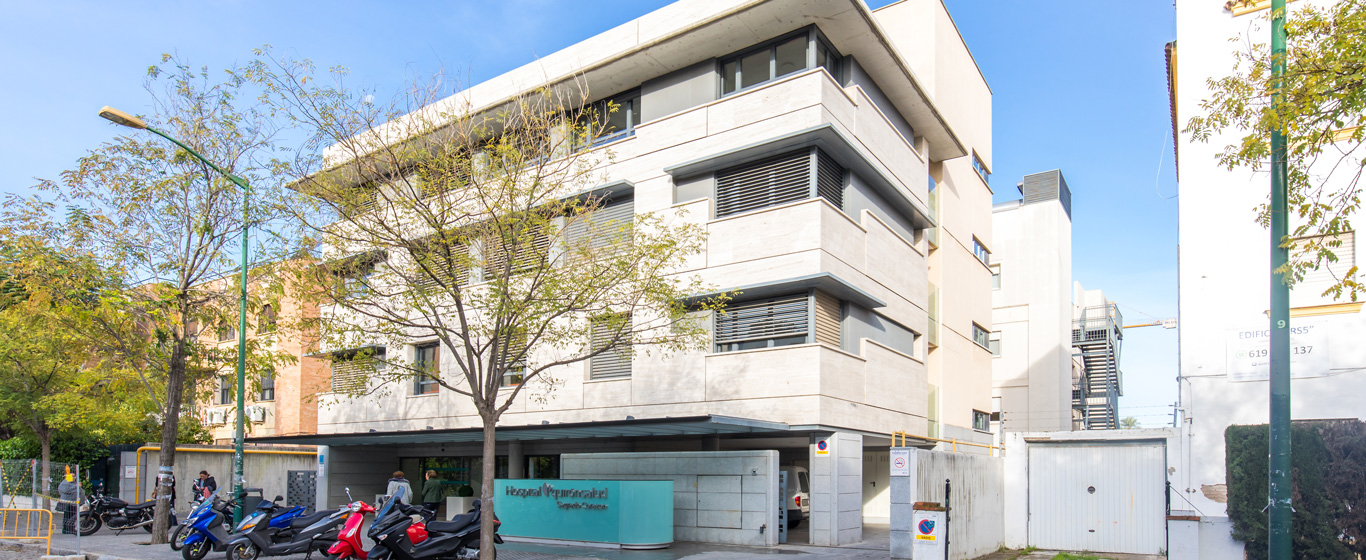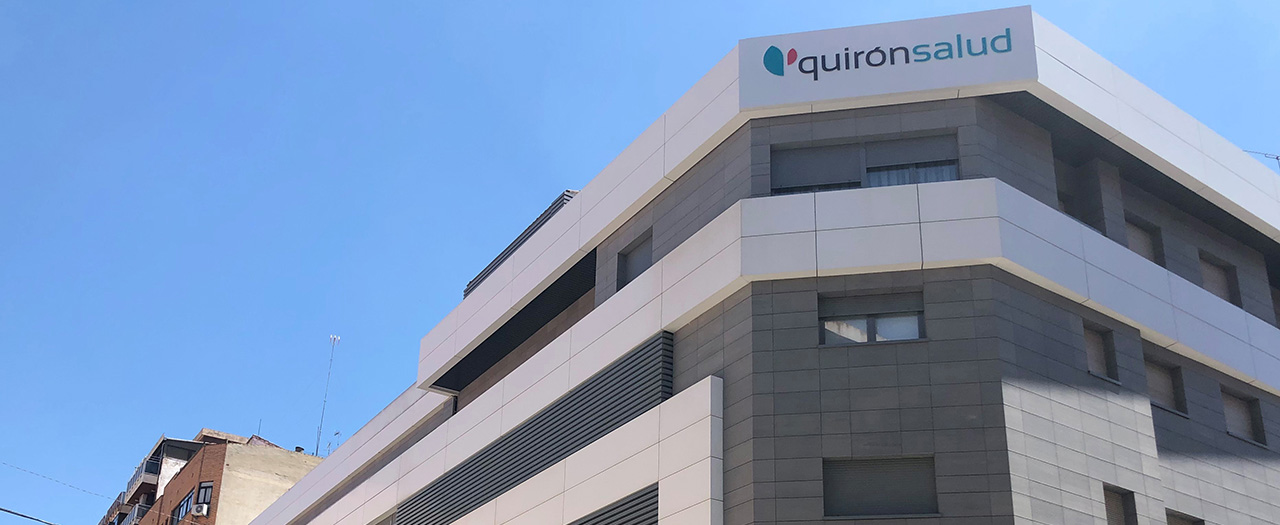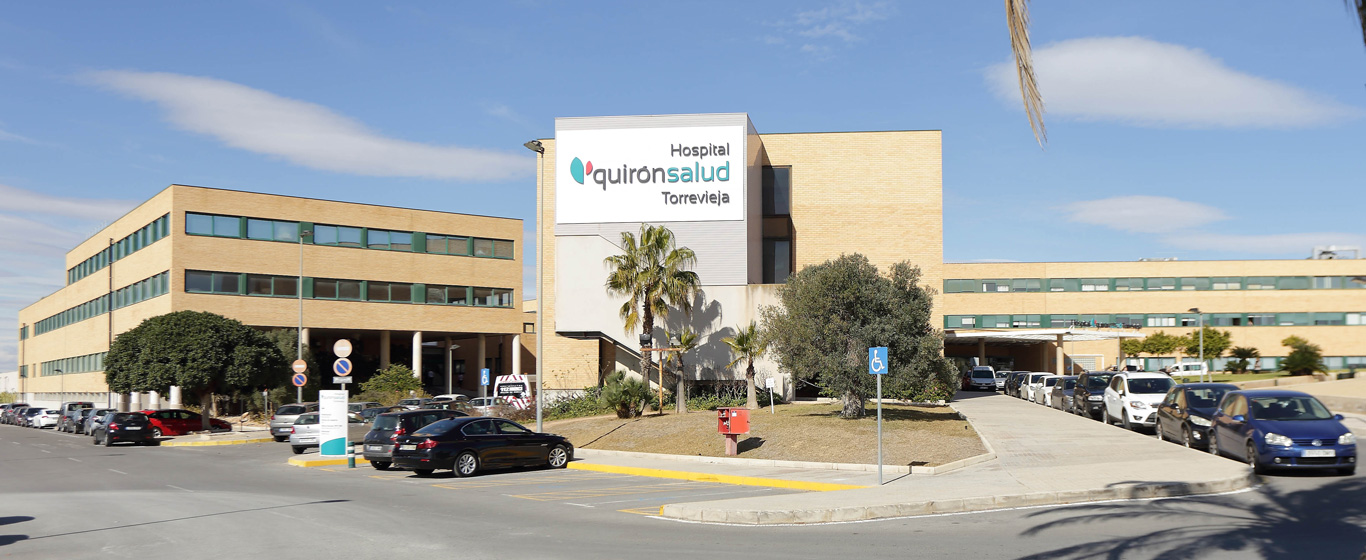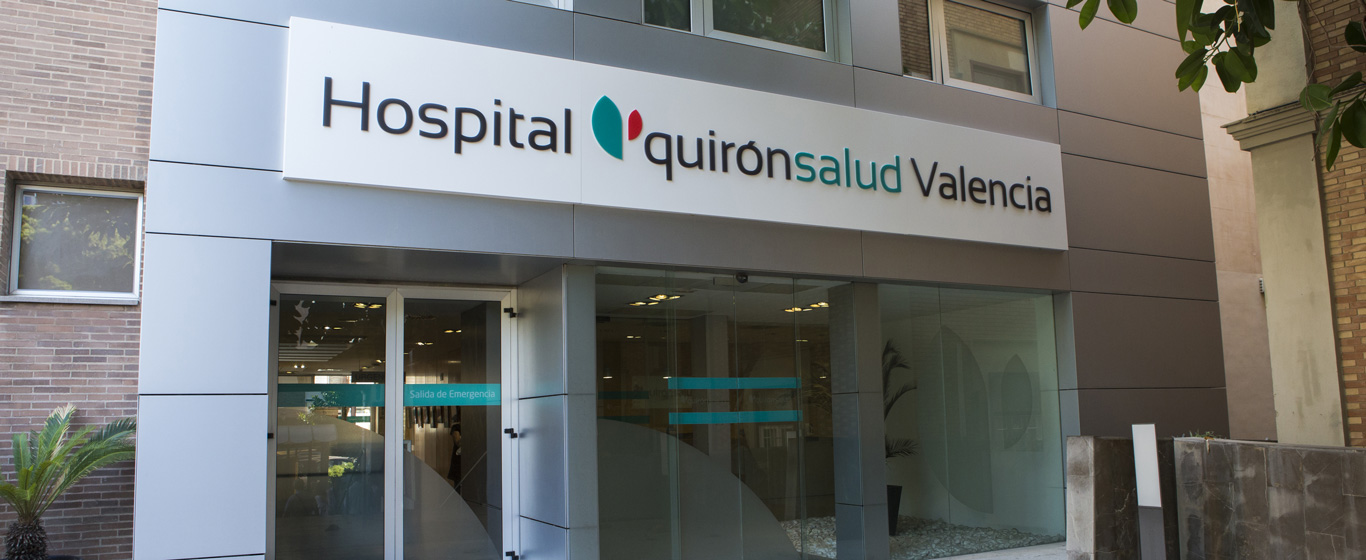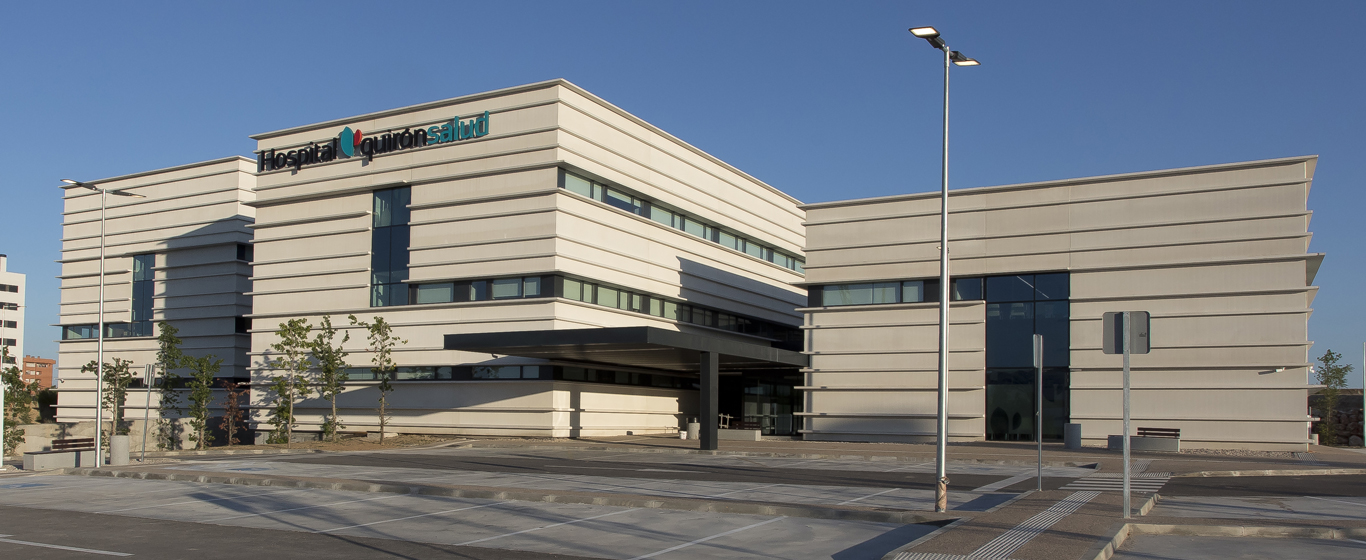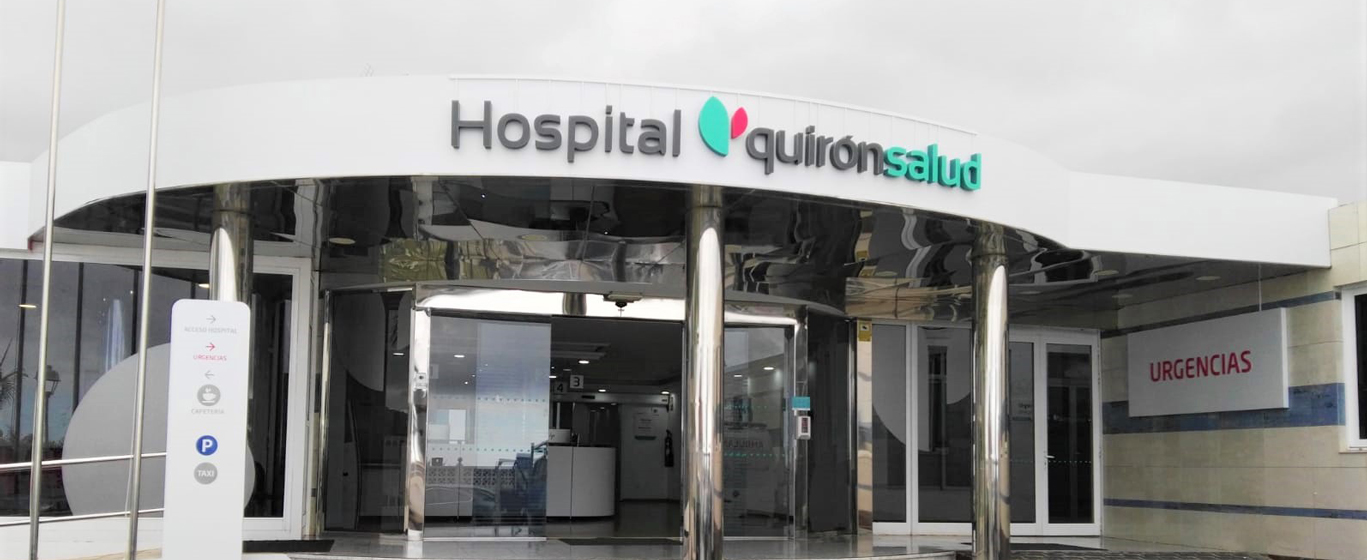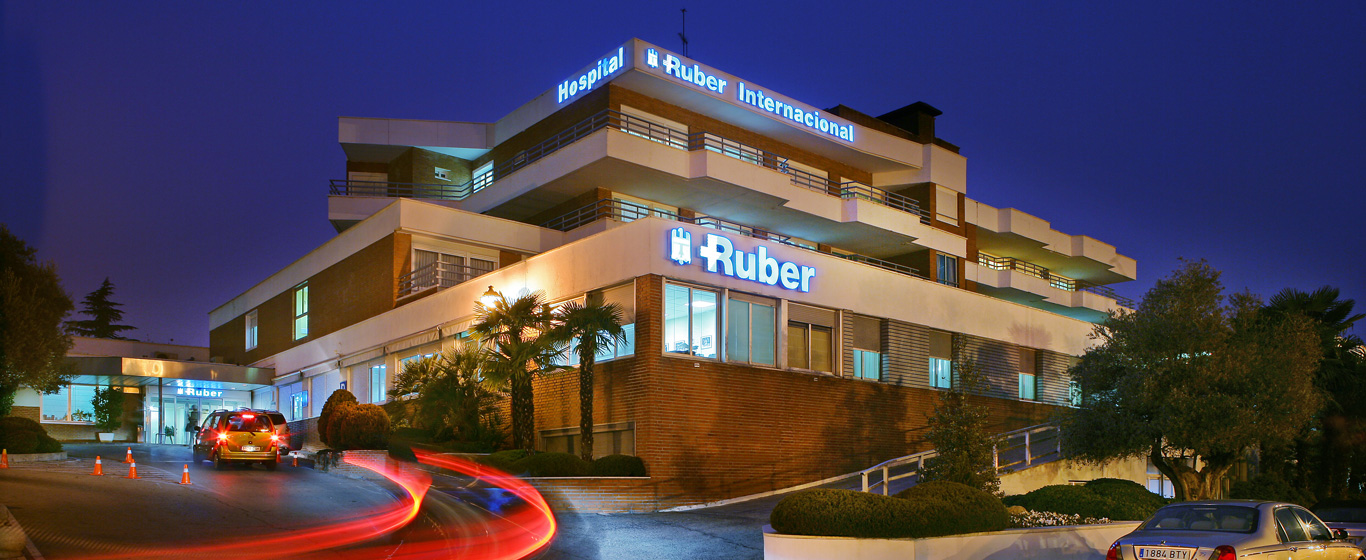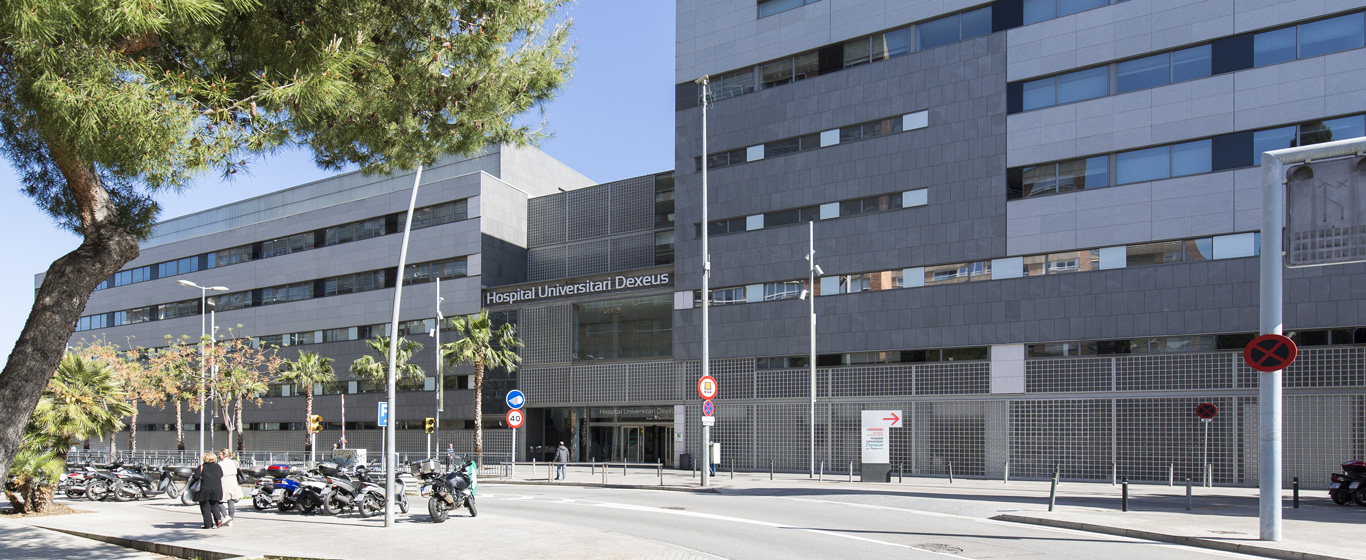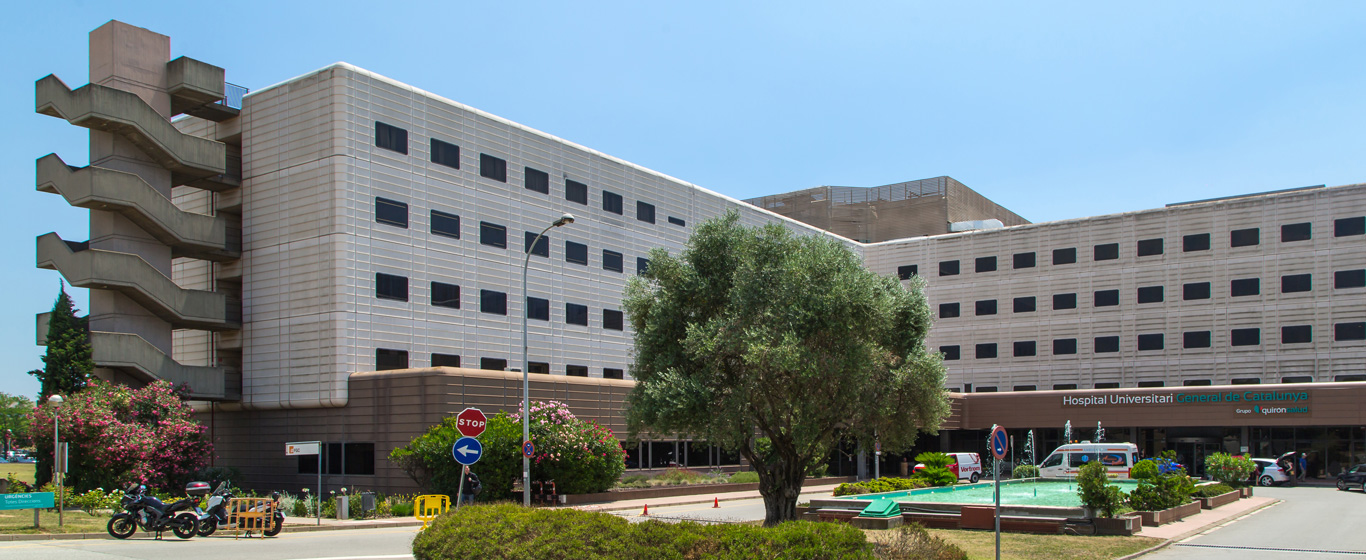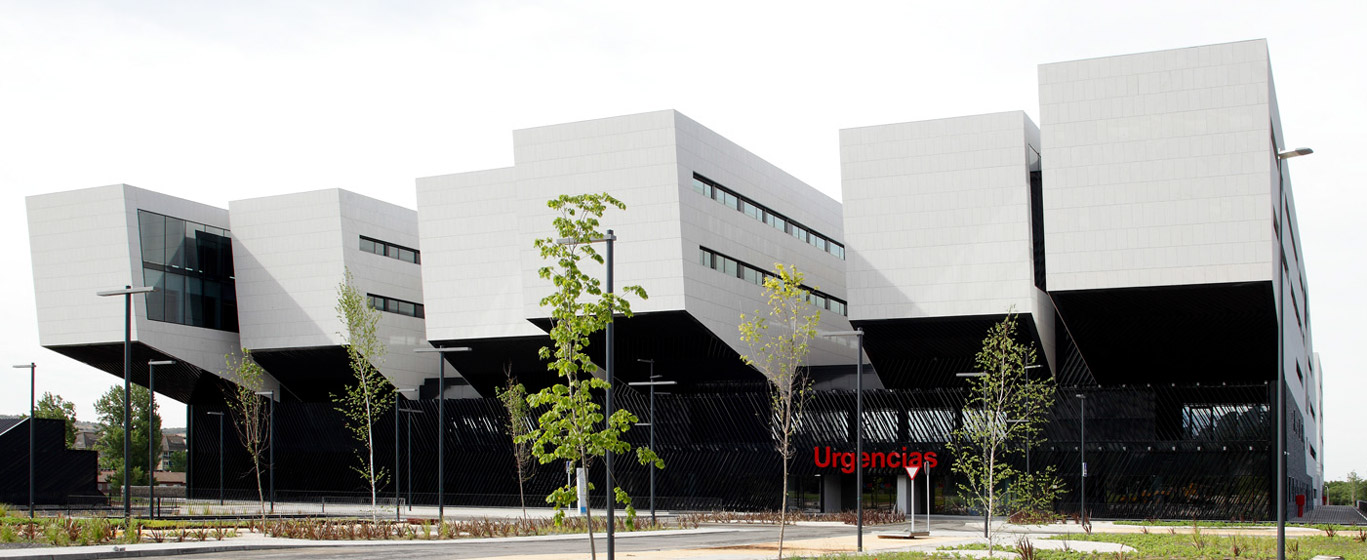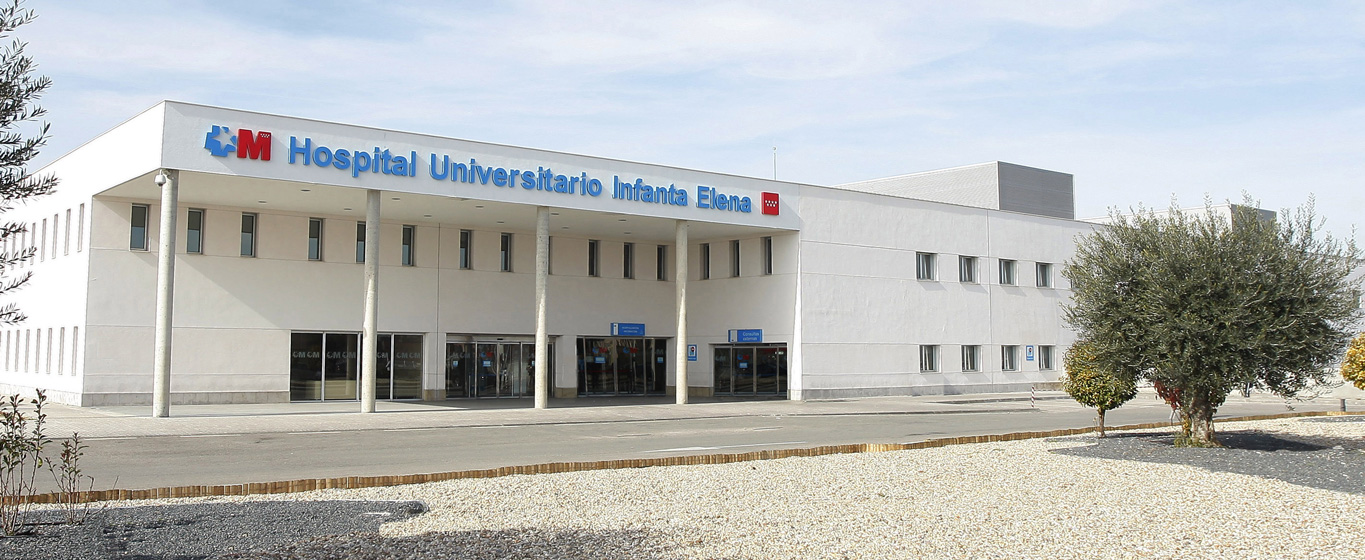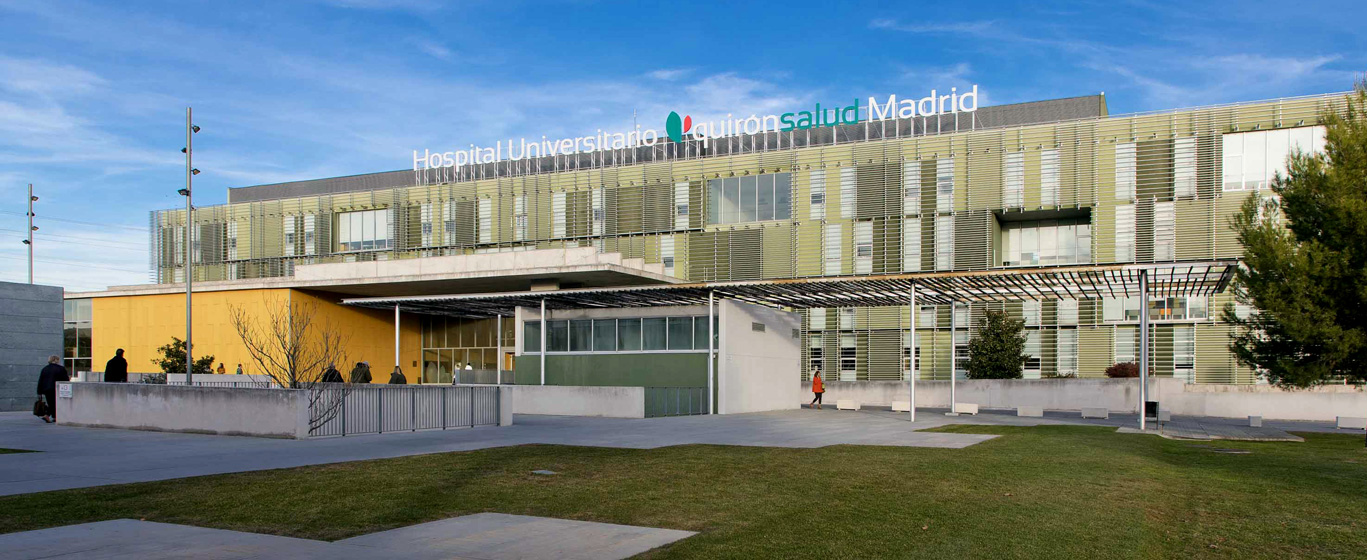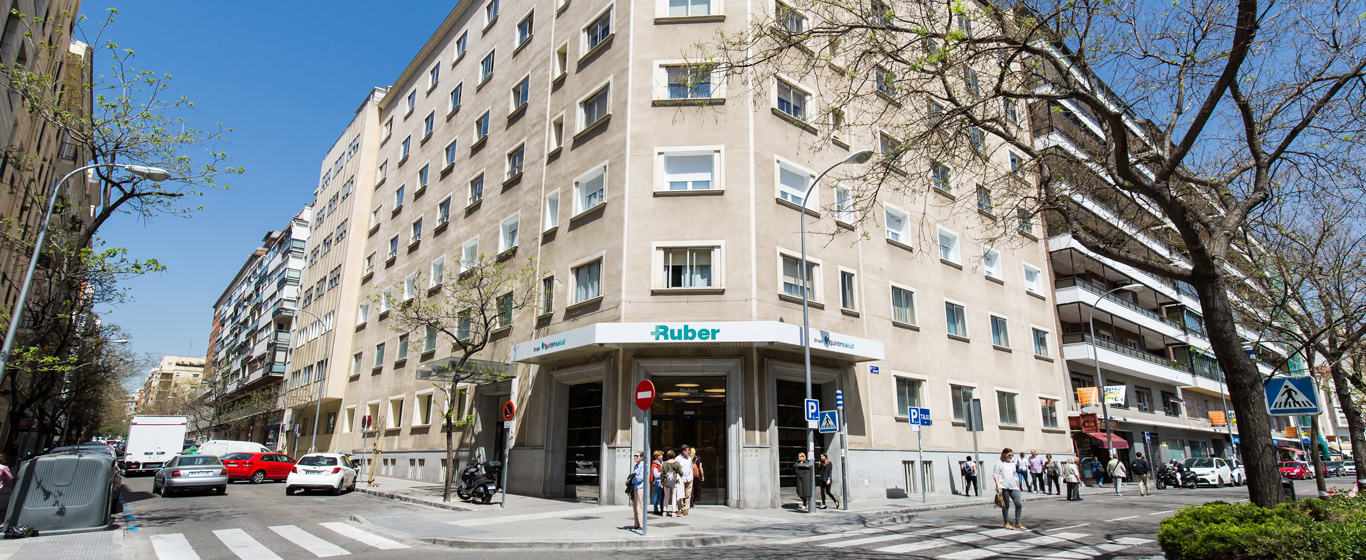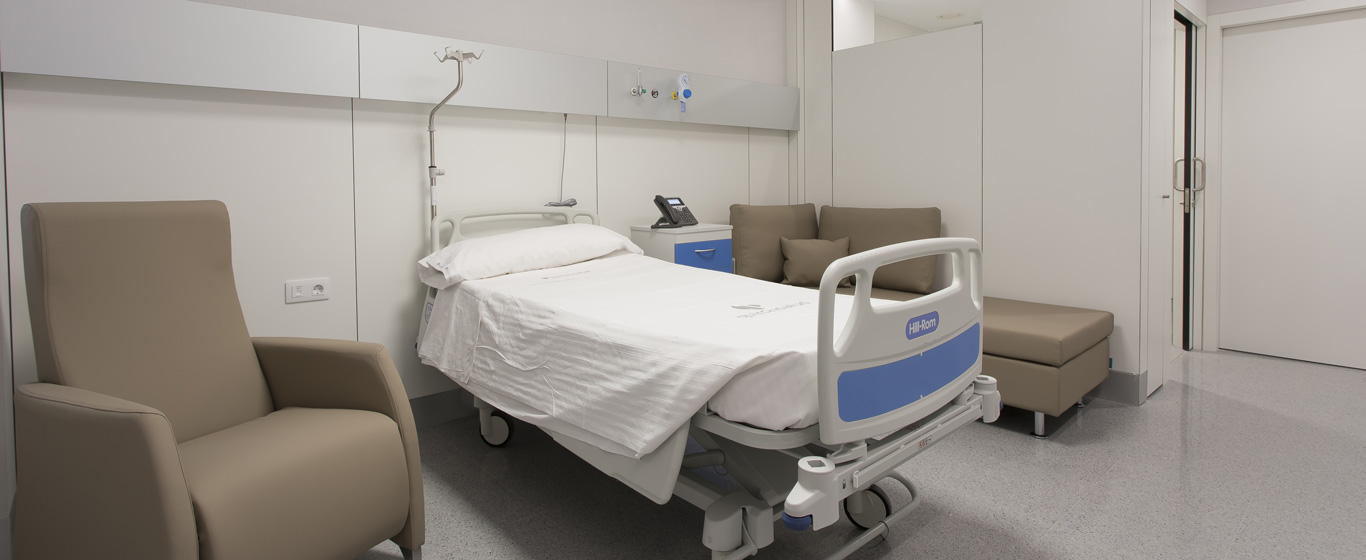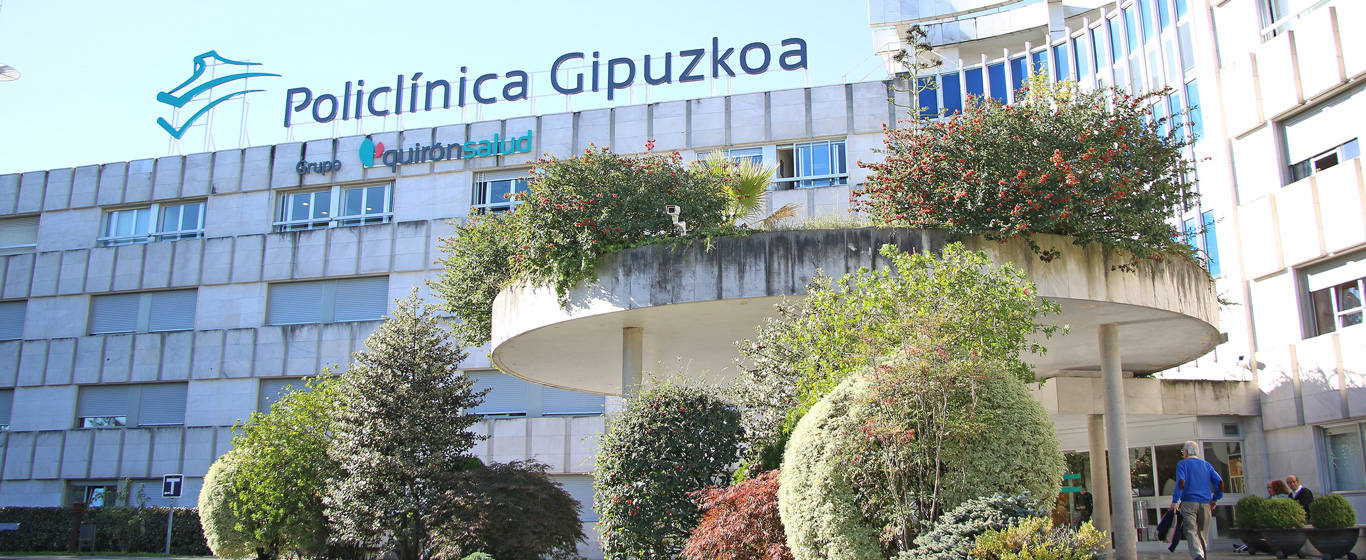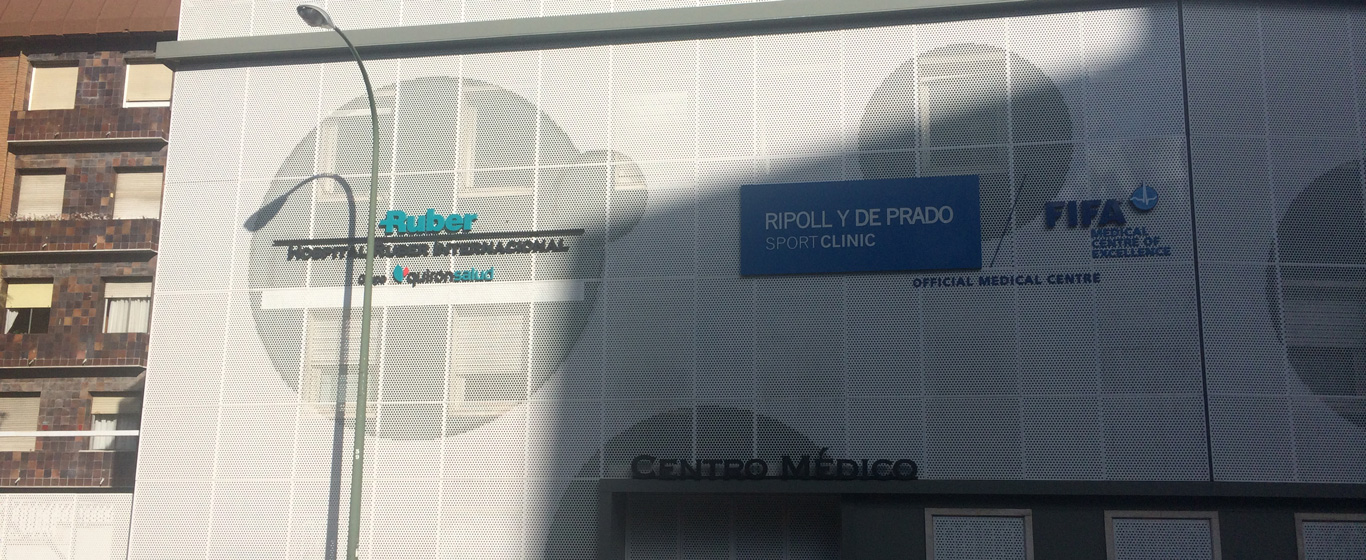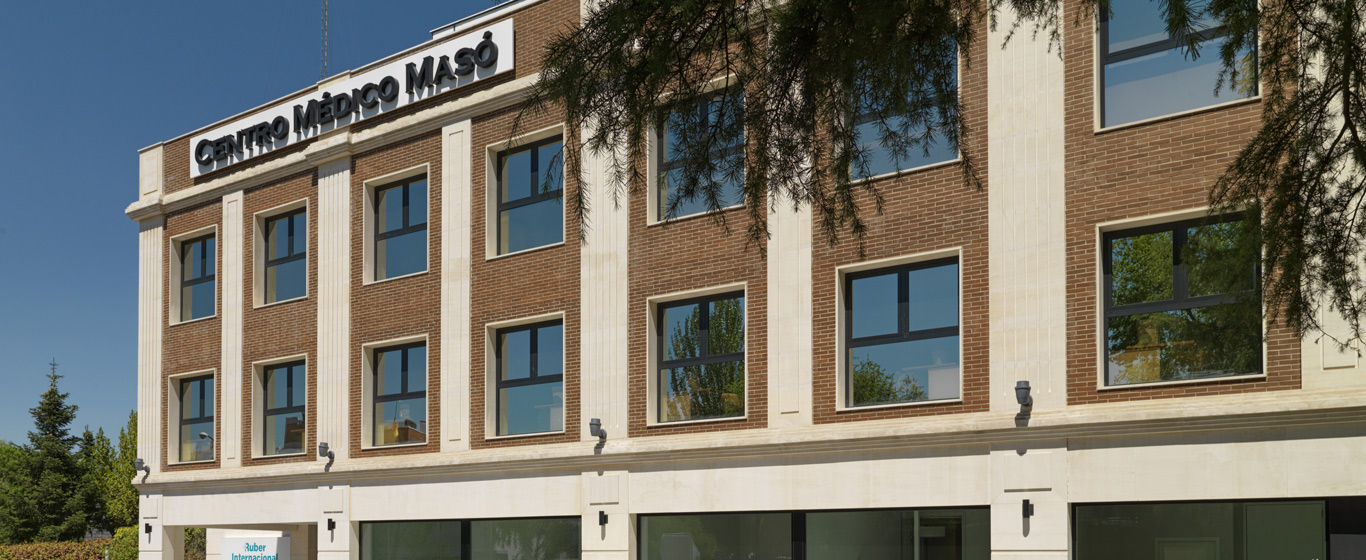Knee Computed Axial Tomography (CT)
Knee CT is used to obtain a three-dimensional image of the tissues and structures of the joint. It is a painless, non-invasive, and safe procedure for the patient.

General Description
Knee computed axial tomography (CT) is a procedure that allows detailed visualization of the internal structures of the joint. This technique uses X-rays to generate two-dimensional images from multiple slices at different angles, which are later superimposed to provide a three-dimensional representation that facilitates examination.
The structures that can be analyzed with a knee CT scan include:
- Bones: femur, tibia, fibula, and patella.
- Cartilage: meniscus and articular cartilage.
- Ligaments:
- Extracapsular ligaments: patellar, medial and lateral patellar retinacula, tibial collateral ligament, fibular collateral ligament, oblique popliteal ligament, arcuate popliteal ligament, anterolateral ligament.
- Intracapsular ligaments: anterior cruciate ligament, posterior cruciate ligament, medial meniscus, lateral meniscus.
- Tendons: patellar tendon and quadriceps tendon.
- Infrapatellar fat pad.
- Blood vessels:
- Arteries: descending genicular artery (a branch of the femoral artery), popliteal artery, superior genicular artery, inferior genicular artery.
- Veins: popliteal vein, saphenous vein, genicular veins.
- Muscles: biceps femoris, semitendinosus, semimembranosus, quadriceps femoris (rectus femoris, vastus lateralis, vastus medialis, and vastus intermedius), tensor fasciae latae, popliteus, sartorius, and gracilis.
In addition to diagnosing pathologies, knee CT scans are used to plan surgical interventions and to assess treatment efficacy.
Indications
Knee computed axial tomography is indicated when the patient presents symptoms of:
- Infection
- Abscess
- Bone fracture
- Ligament rupture
- Meniscal damage
- Articular lesions
- Benign cysts
- Malignant tumors
- Scar tissue
Since radiation affects children—including fetuses—more significantly, the procedure is contraindicated in pregnant and lactating women. In pediatric cases, individual assessment is performed to determine alternatives to this test.
Use of contrast agents (barium, iodine, gadolinium) is contraindicated in patients with kidney, heart, or thyroid diseases, as well as in those allergic to any of these substances.
Procedure
Knee CT is performed using a device that emits X-rays passing through the joint tissues. Radiation is absorbed to varying degrees depending on the cellular composition of the tissues. Structures allowing more radiation to pass appear darker on the image, while those retaining radiation are represented in lighter tones.
The computed tomography acquires multiple slices between one and ten millimeters thick, providing a two-dimensional view of the knee. When the computer superimposes these images, a three-dimensional representation of the joint is obtained.
Occasionally, a contrast agent is used, which appears brighter on images. Cells retaining higher amounts of contrast, such as blood vessels, become more distinguishable in the study.
Risks
Although CT scans emit more radiation than conventional X-rays, they are virtually harmless to patients.
The X-ray dose for a knee study is approximately 0.001 millisieverts, equivalent to the radiation received from natural background sources (without pollutants) over three hours.
Rarely, allergic reactions to contrast agents may occur, usually mild and manifesting as rash, itching, or headache.
What to Expect
Before entering the radiology room, the patient changes into a hospital gown and removes all metallic objects, including hearing aids and dentures.
For a knee CT scan, it is not necessary to insert the entire body into the scanner tube. The patient lies supine on the table, and the device is positioned around the legs.
If needed, contrast is injected into a vein in the arm. Although painless, a slight pinch is normal. Contrast may cause temporary side effects such as tachycardia and sudden warmth in the arm, chest, and genital area.
During the approximately 20-minute exam, the patient must remain as still as possible to obtain clear images. After completion, normal activities can be resumed immediately without rest.
Specialties Requesting Knee CT
Knee CT is performed within radiology and is used to inform specialists in oncology or orthopedic surgery and traumatology about the condition of the joint.
How to prepare
No special preparation is required for a knee CT scan, except fasting if contrast will be used. It is advisable to avoid intake of solids and liquids 4 to 6 hours before the procedure.
Wearing comfortable, easy-to-remove clothing on the day of the test is recommended, and patients should avoid metal objects and makeup, as some contain metallic components.






